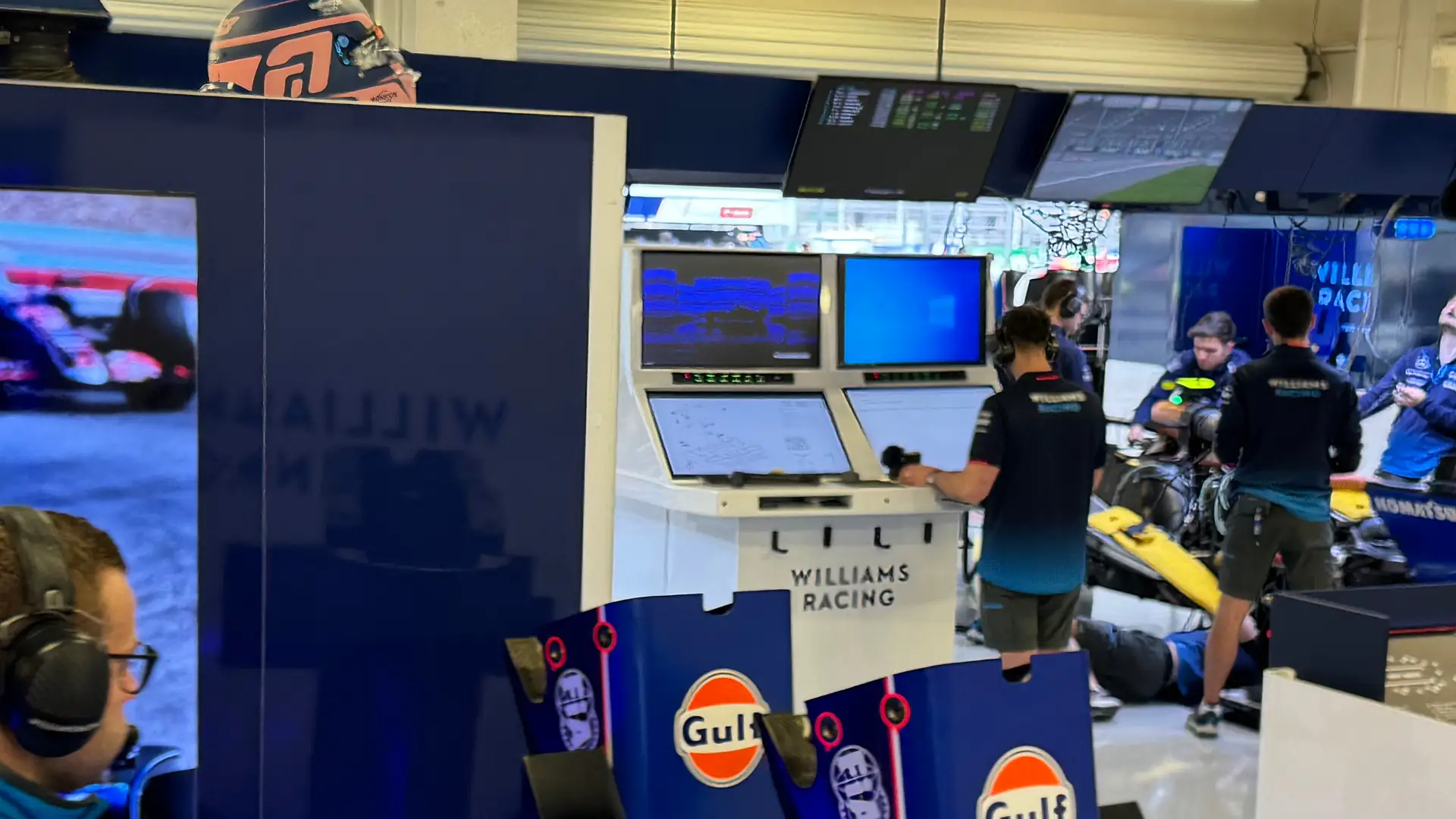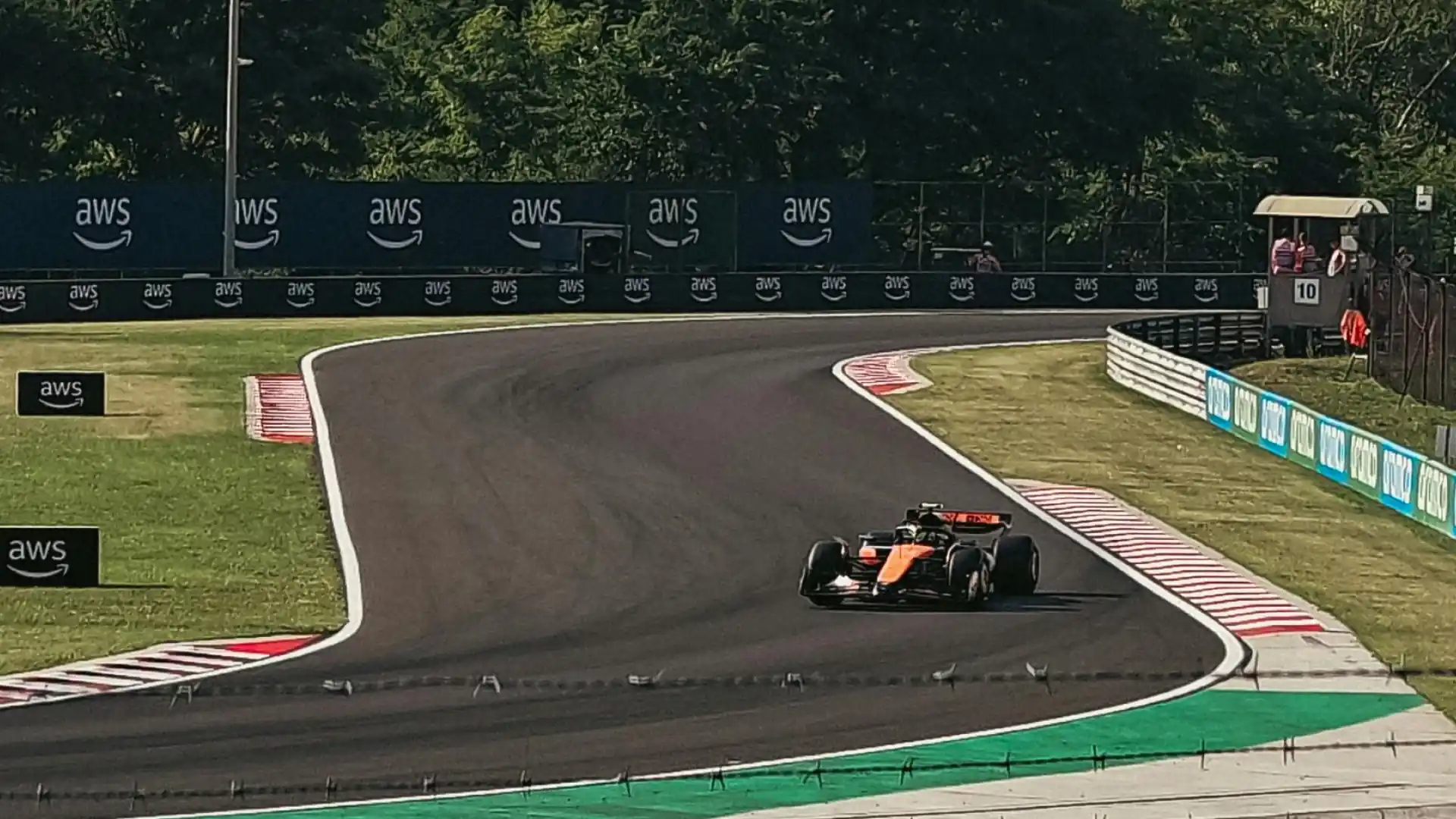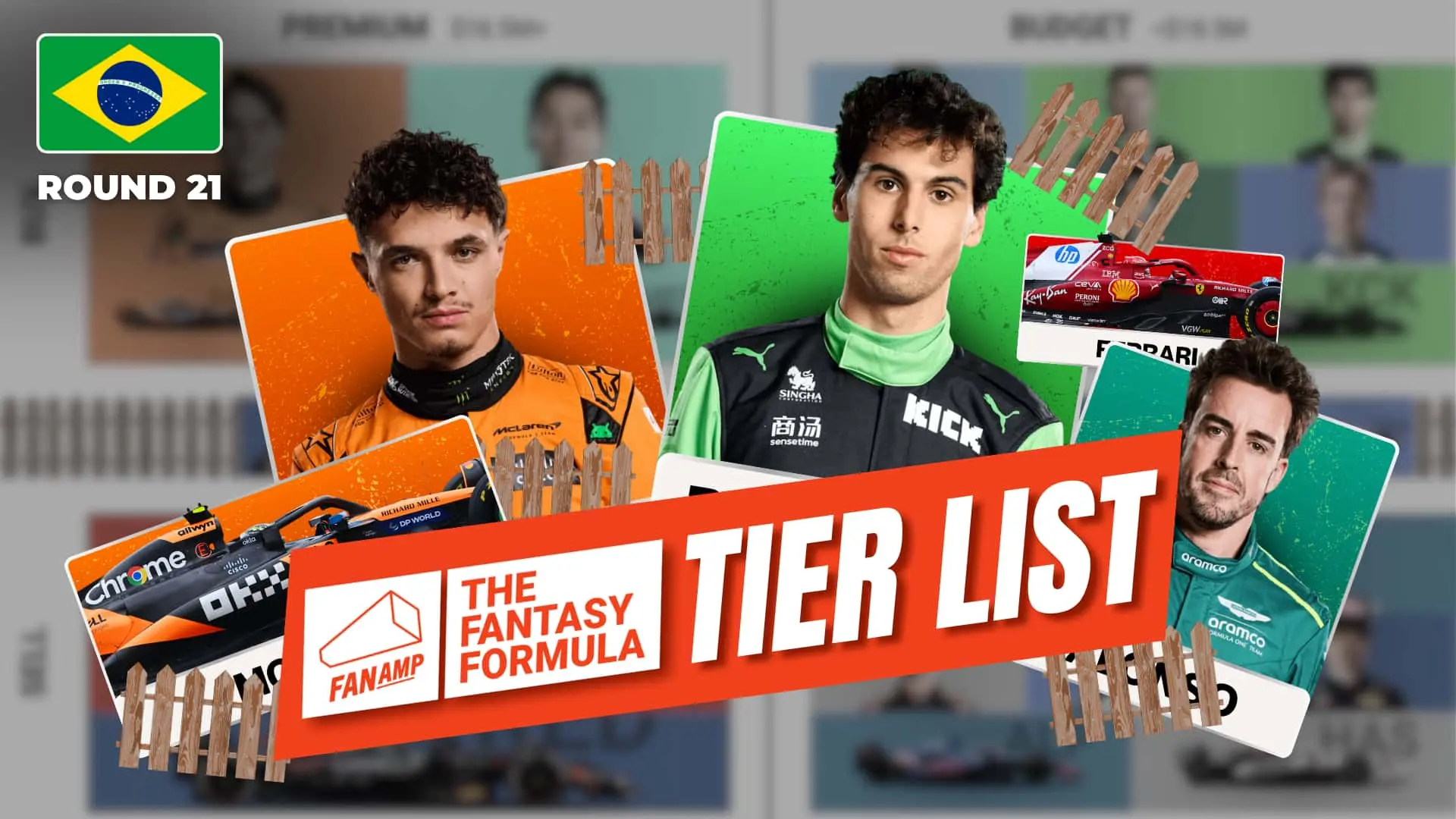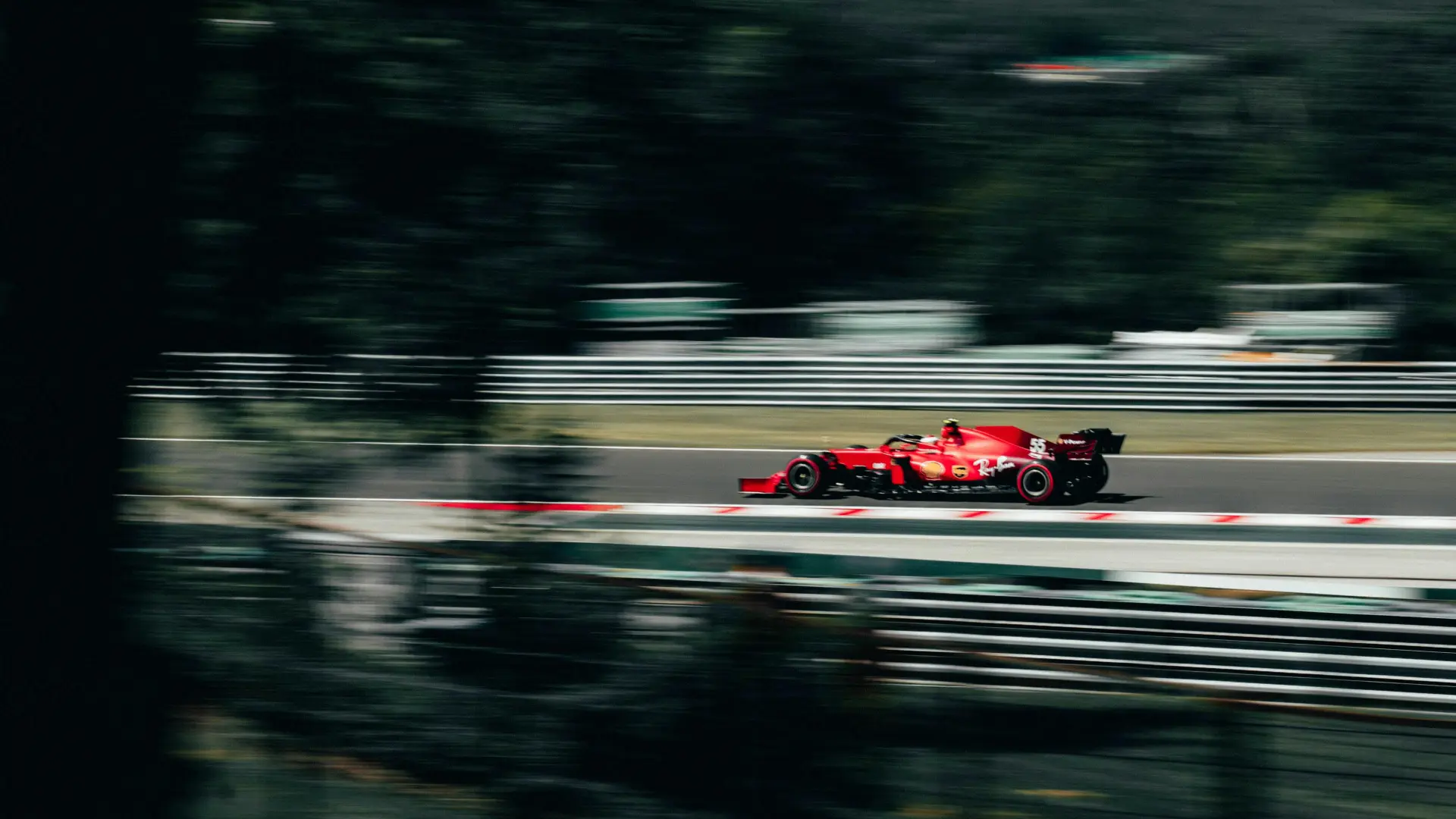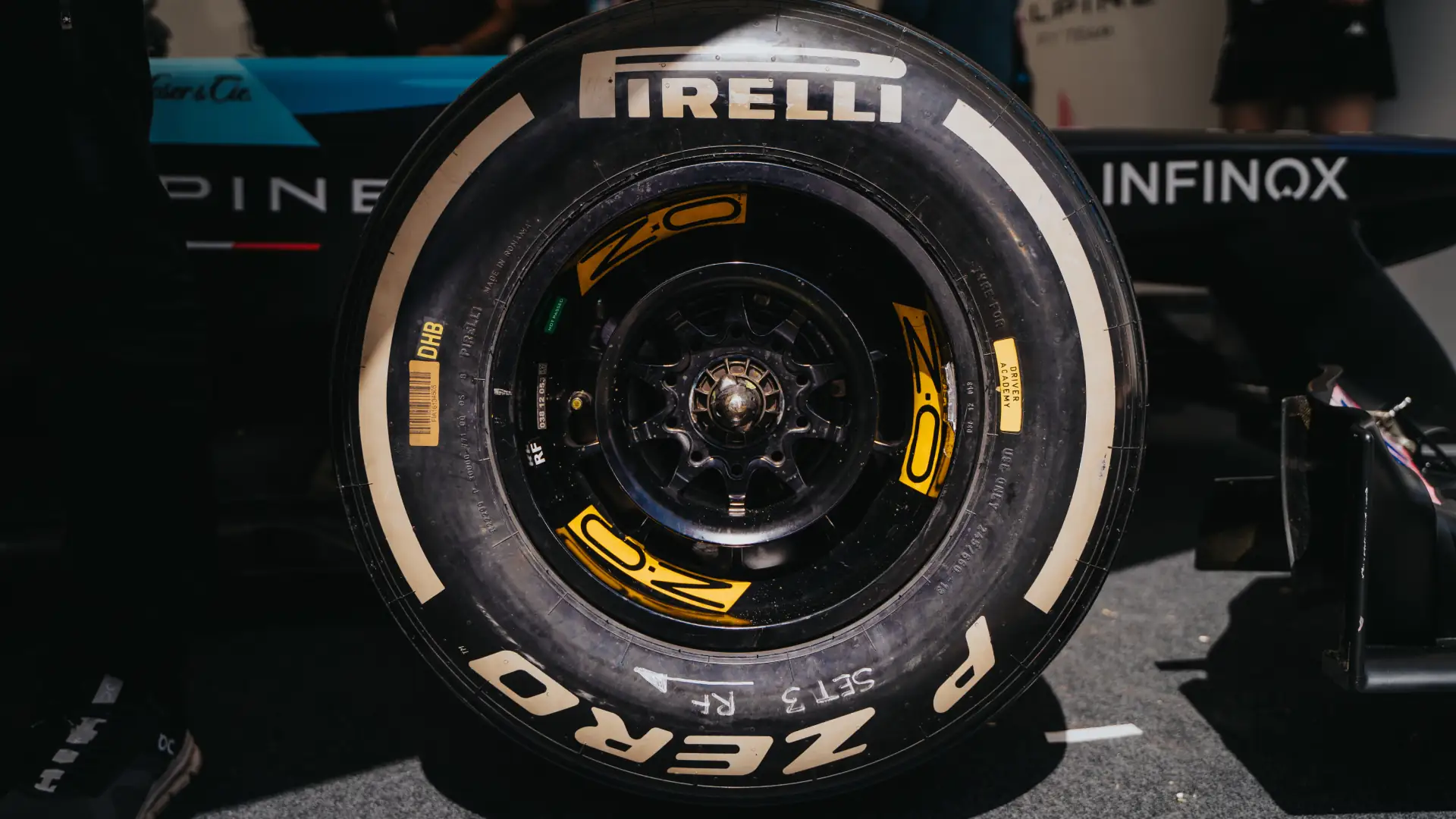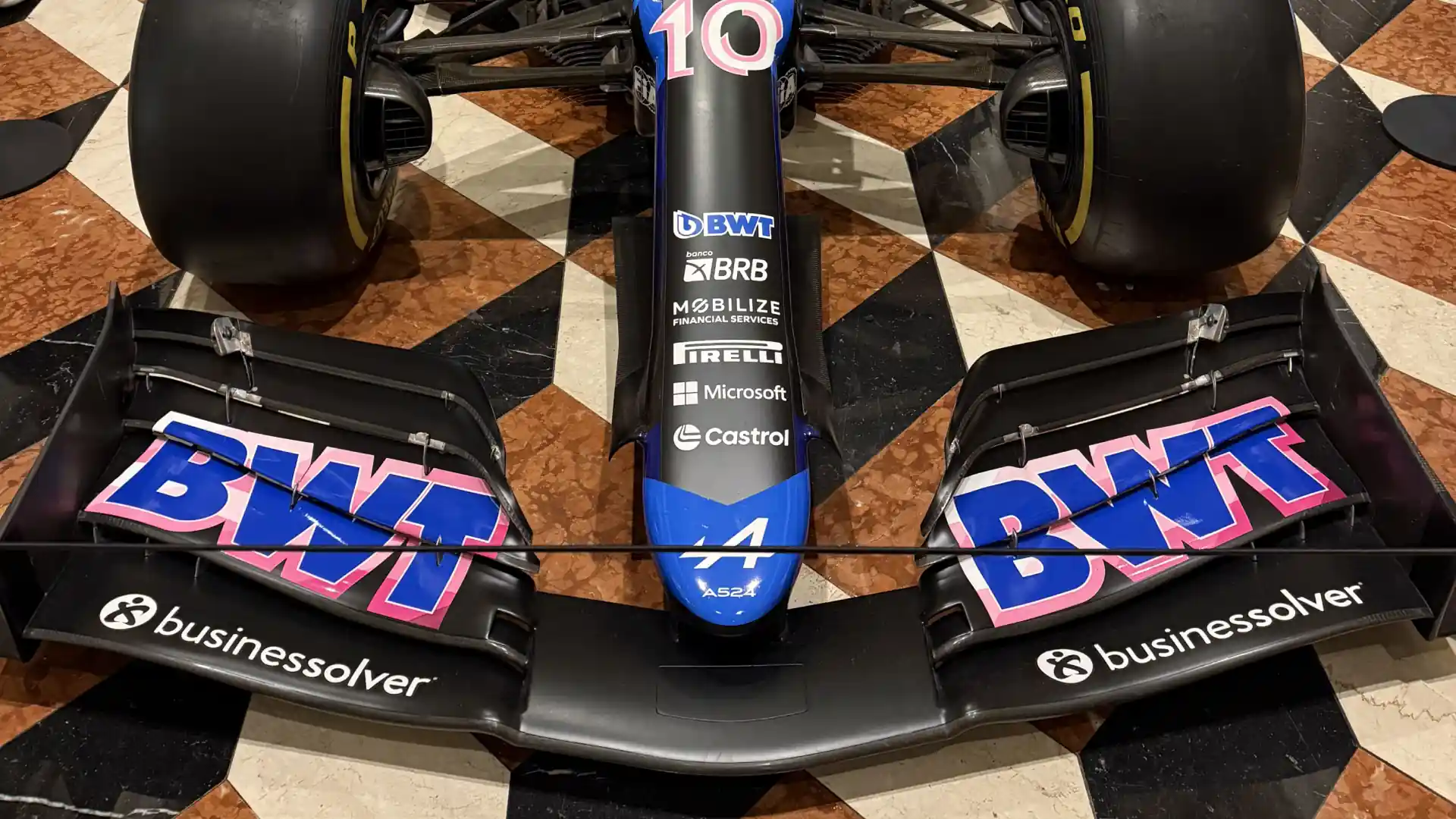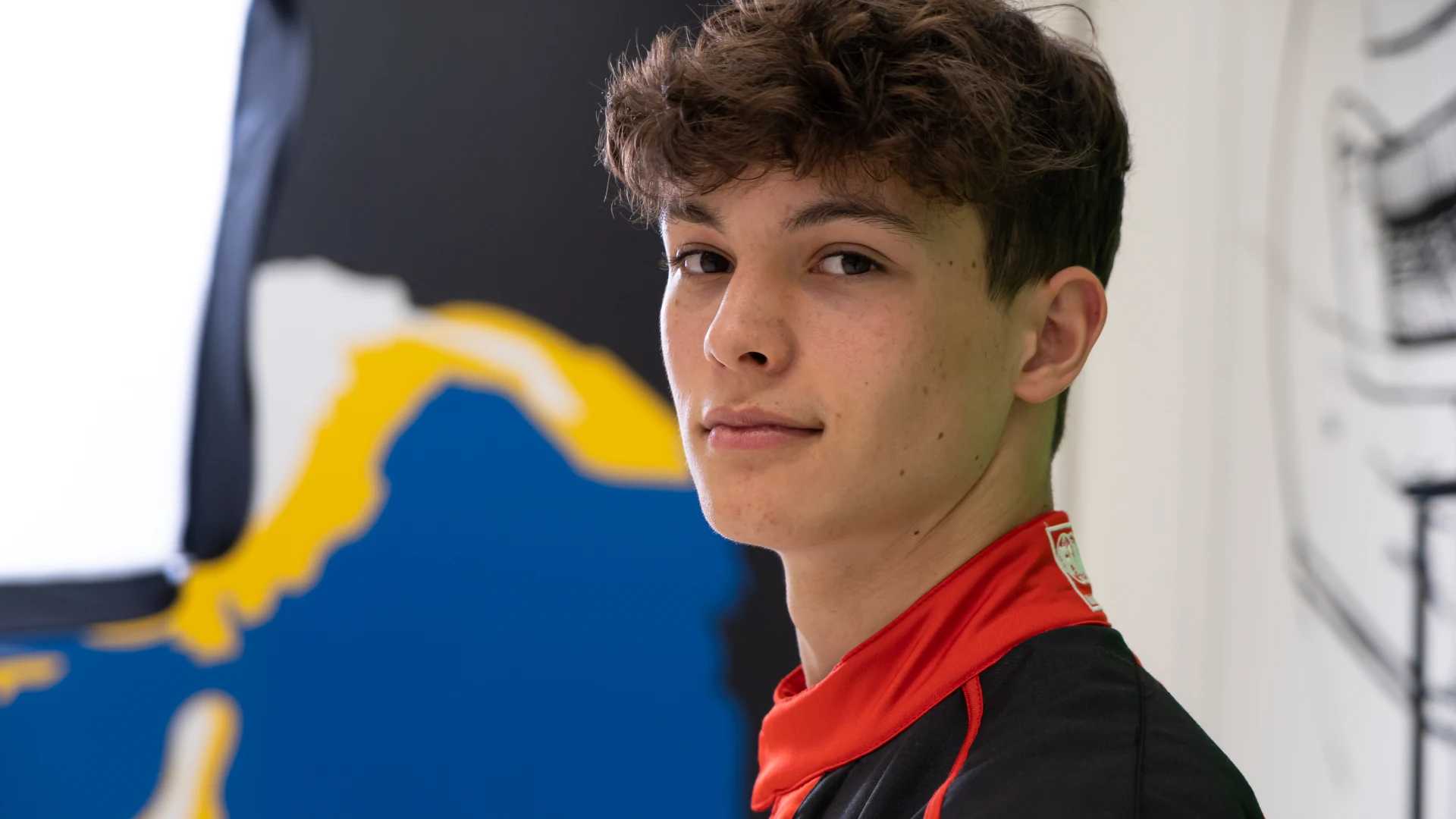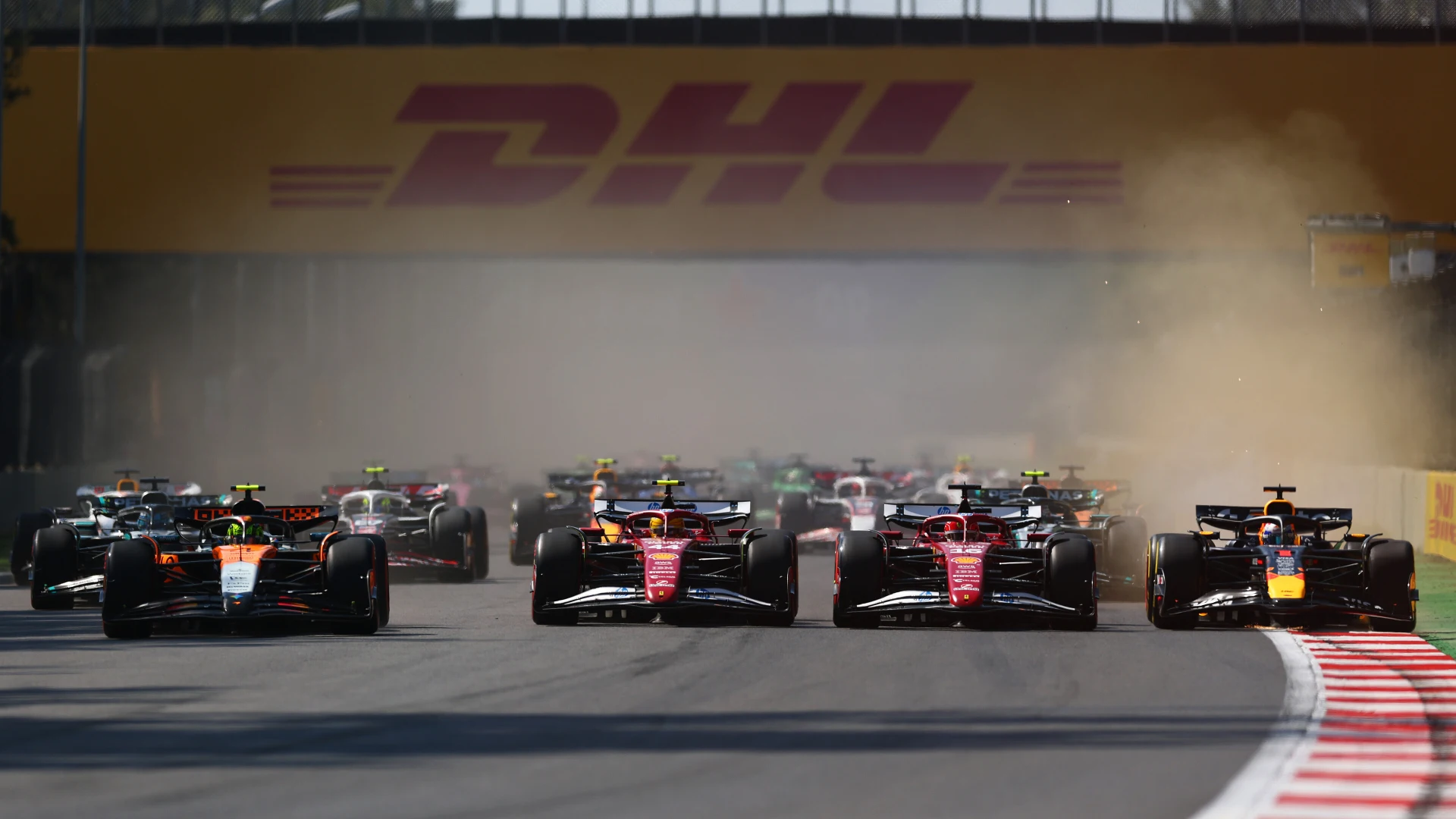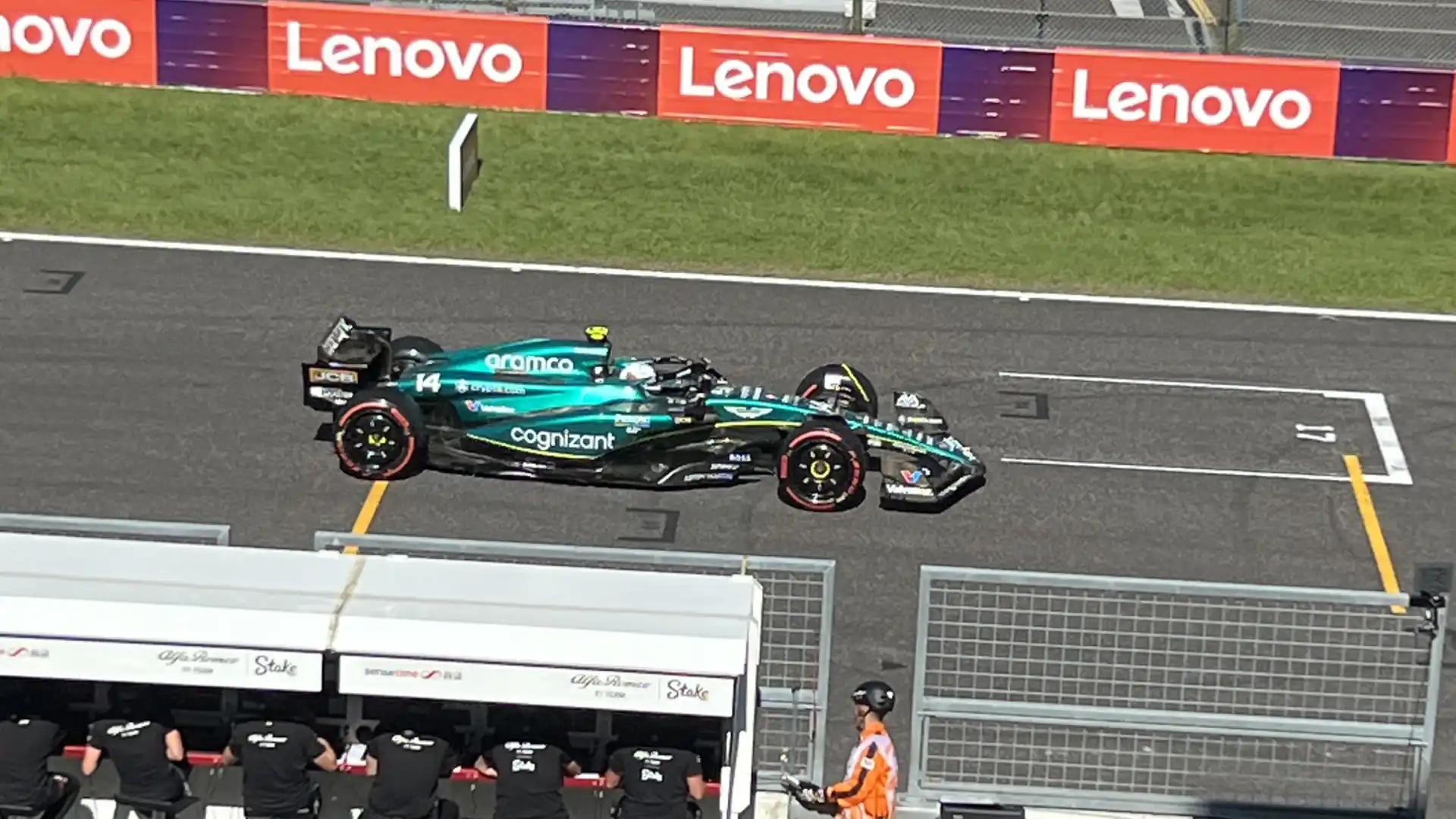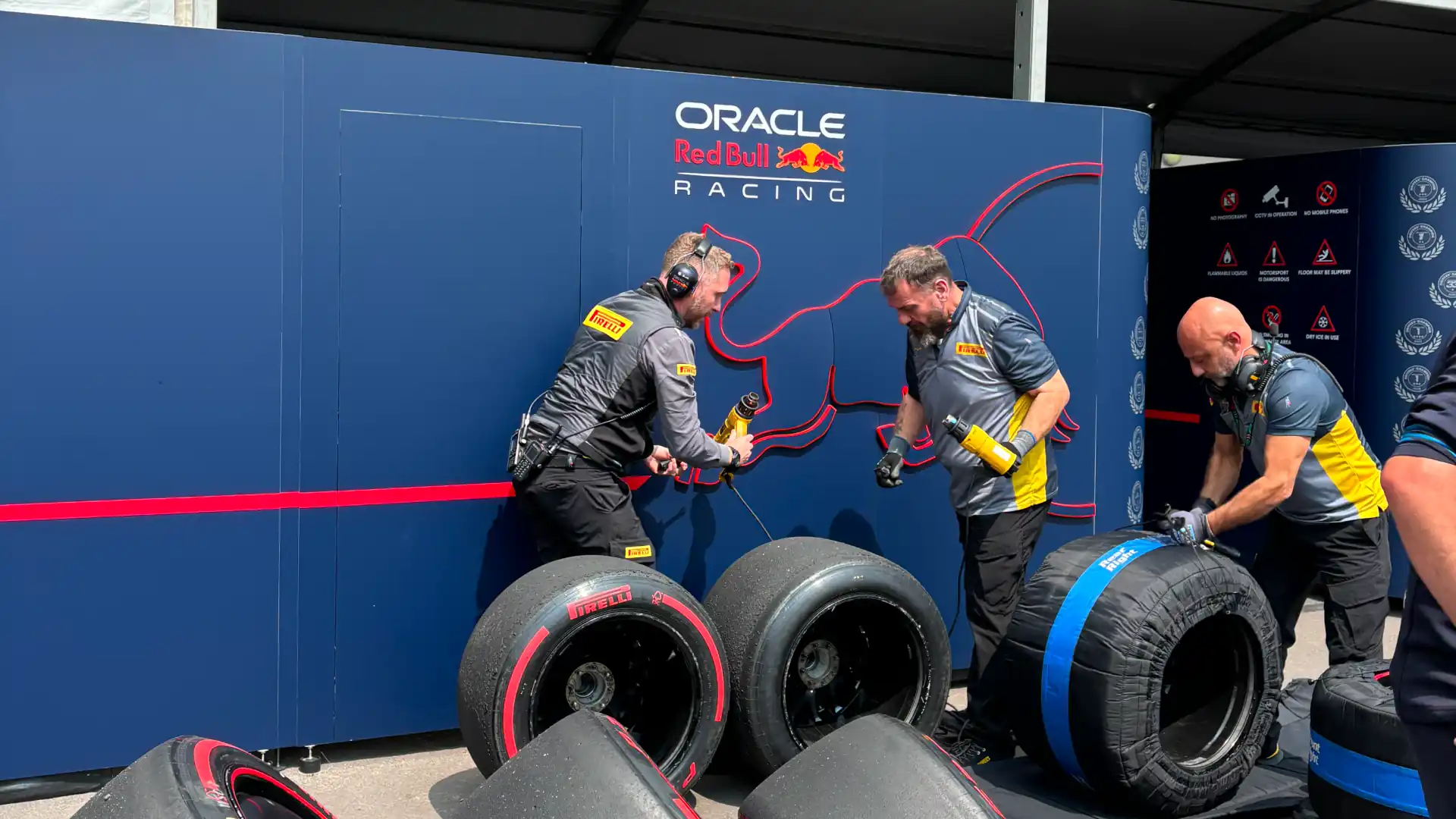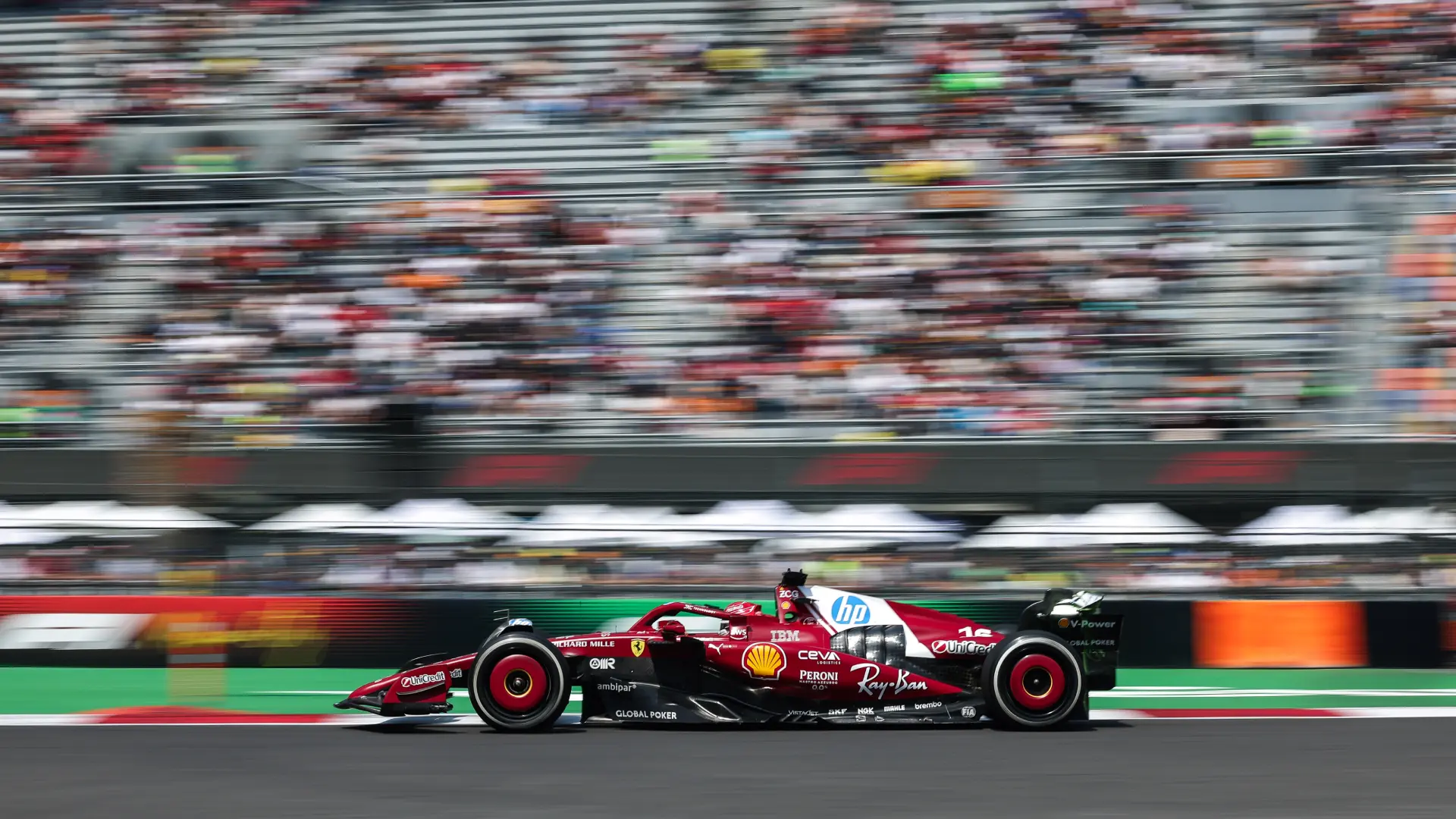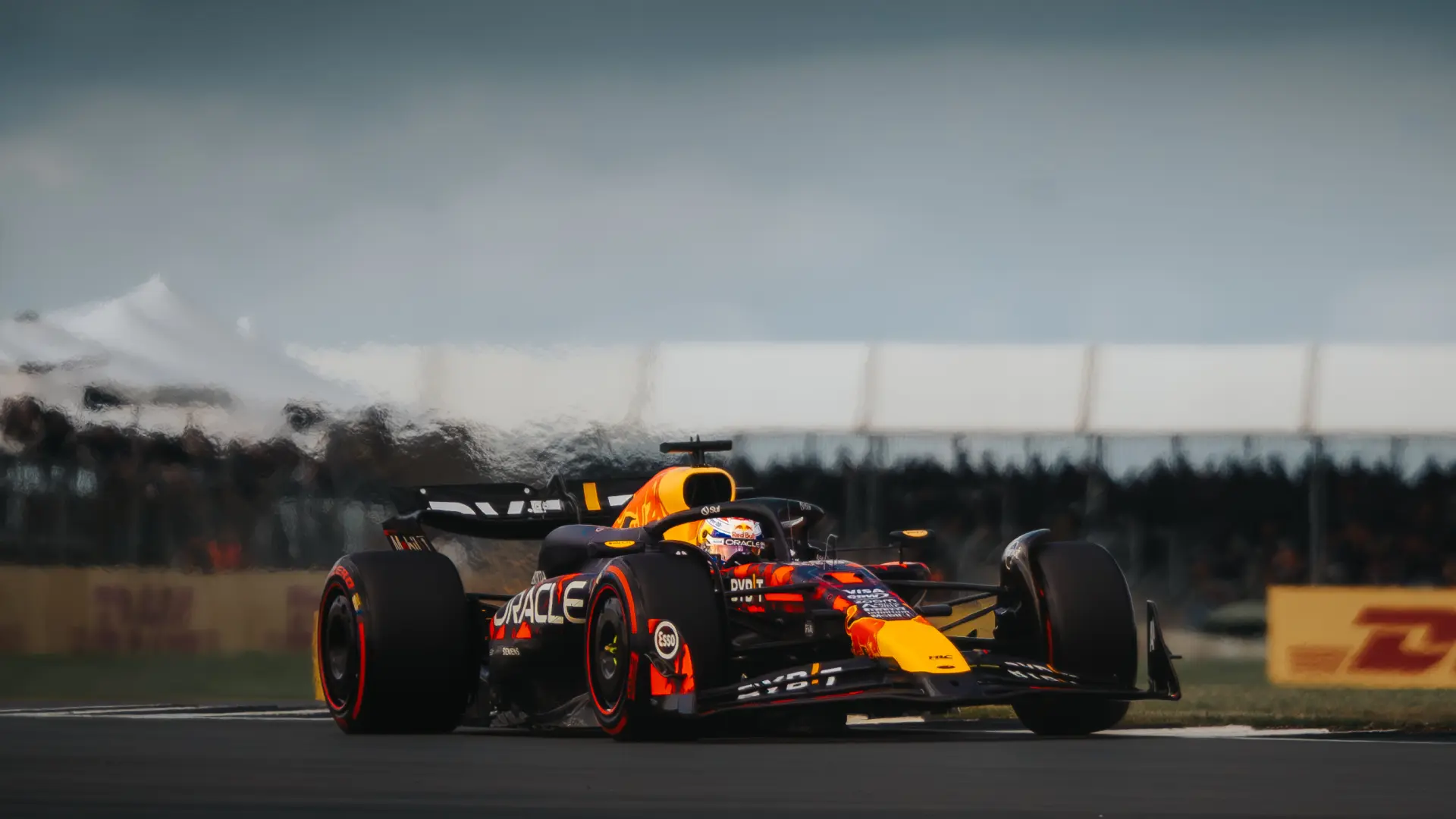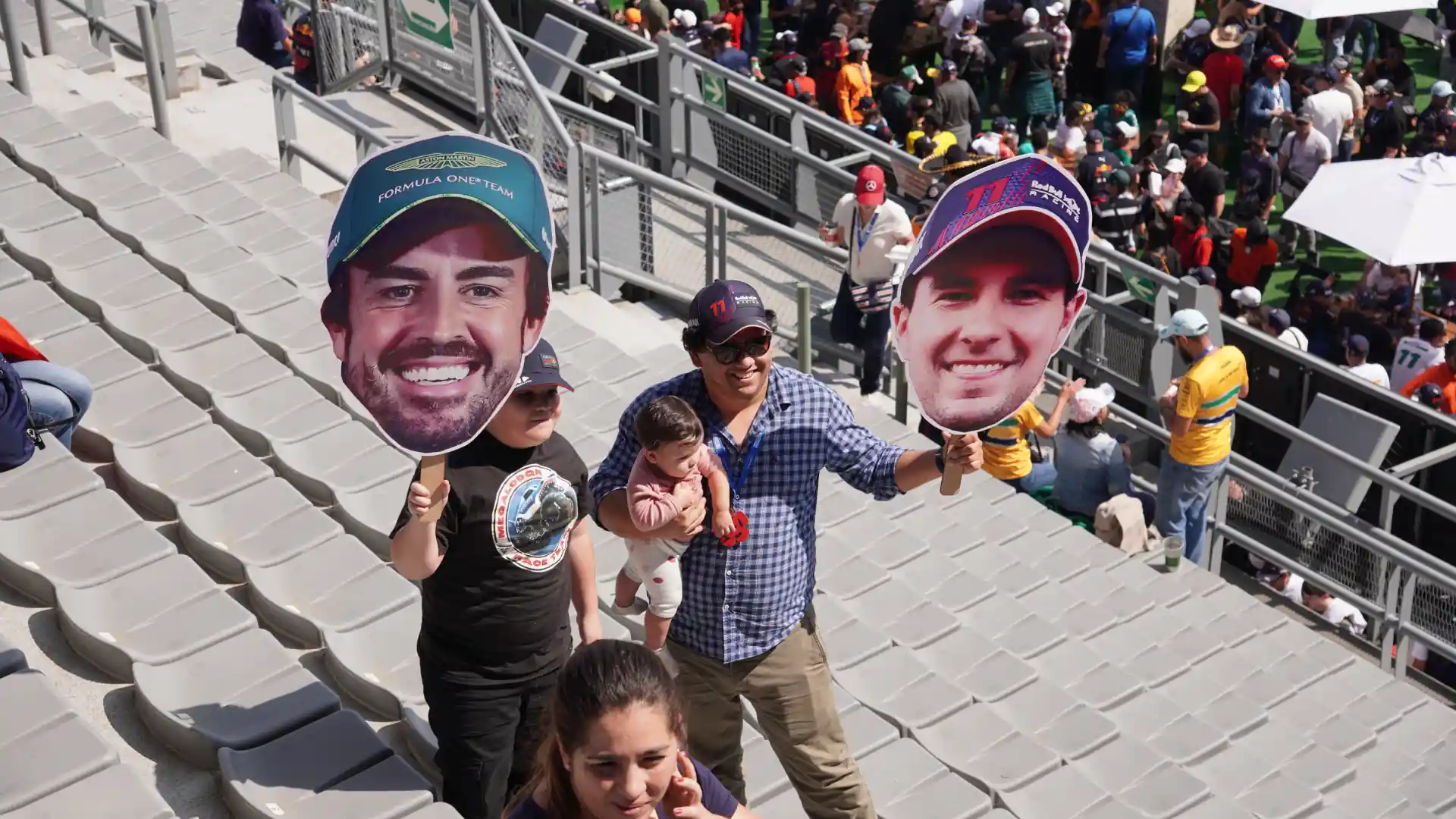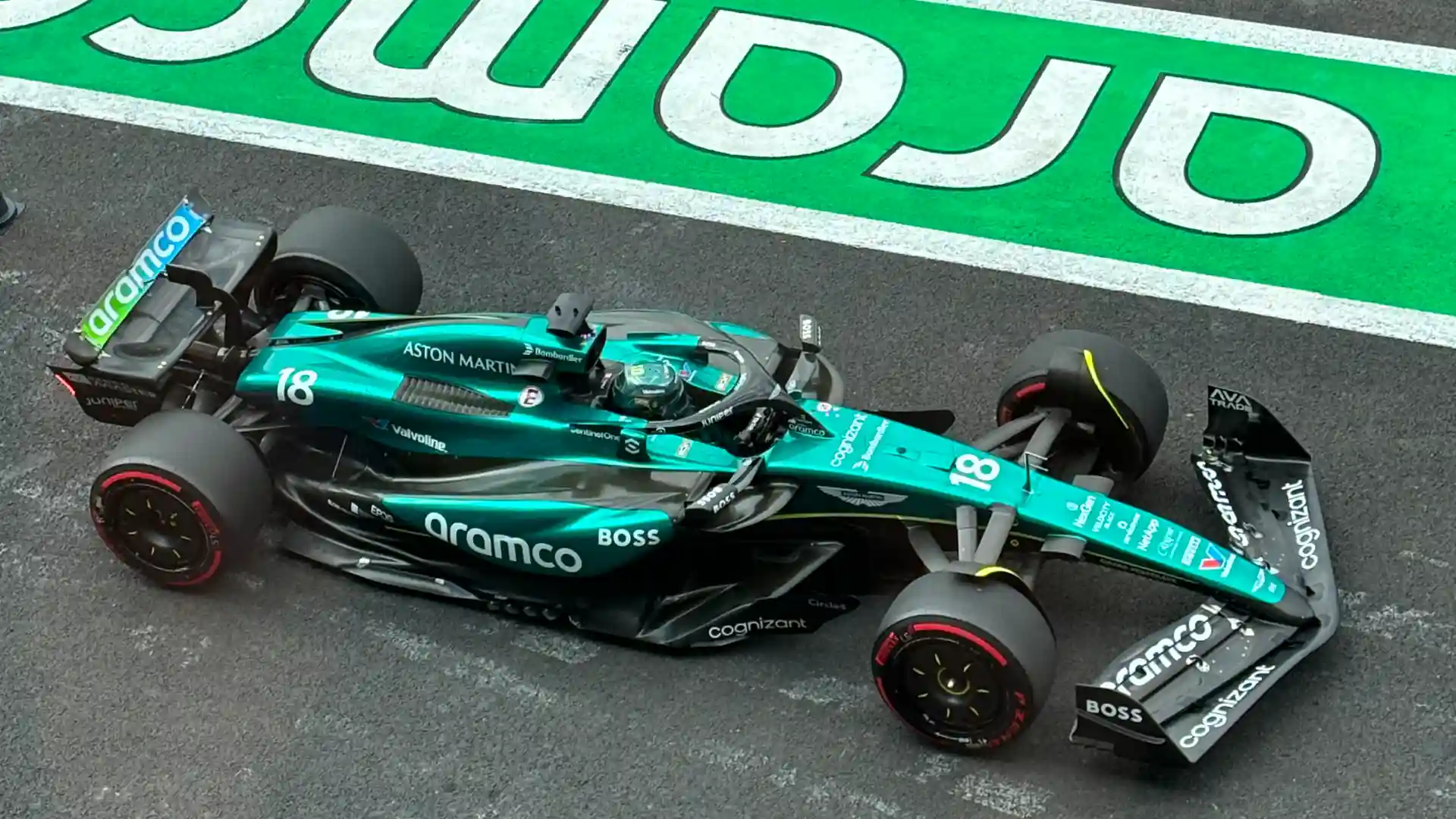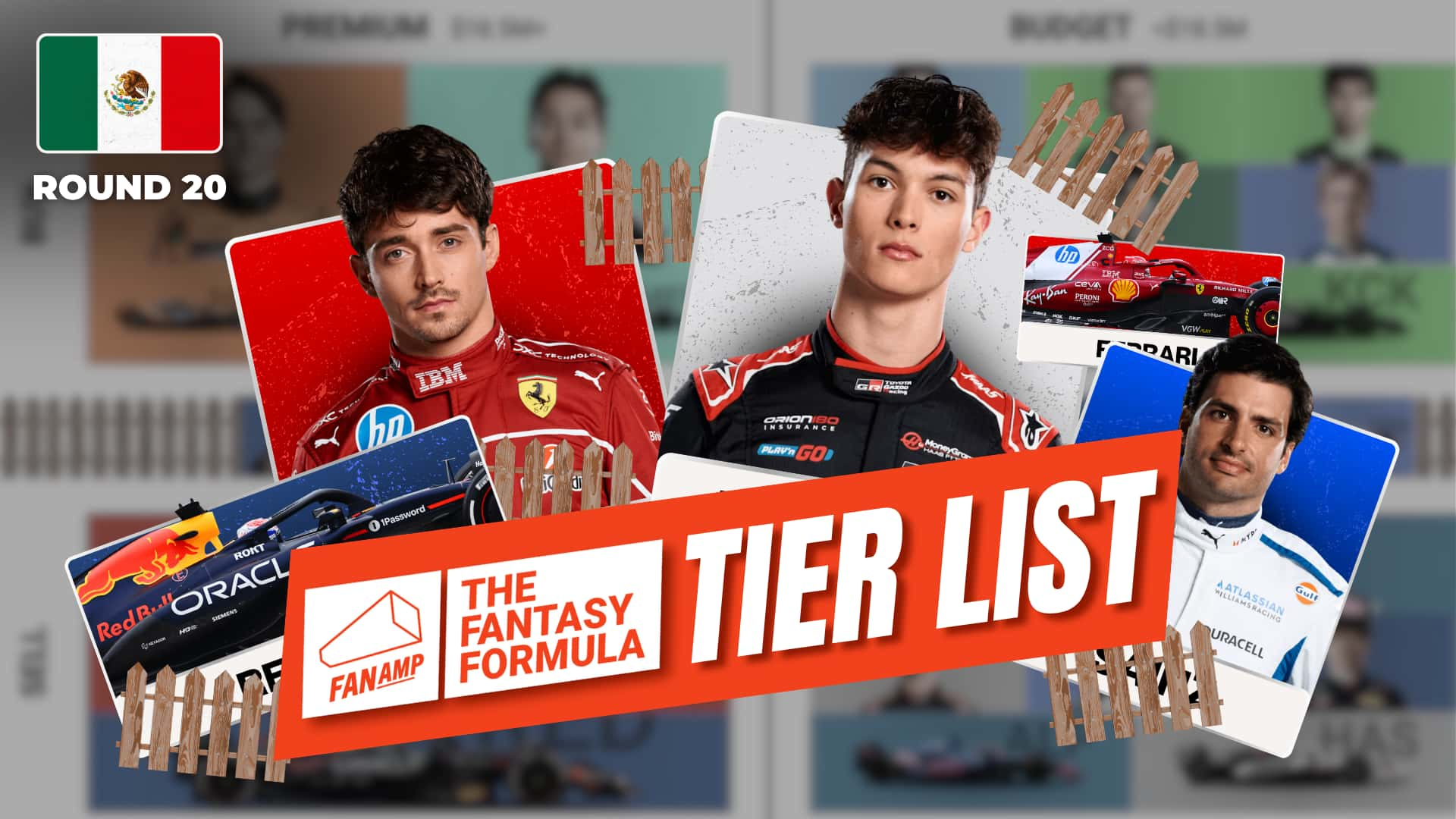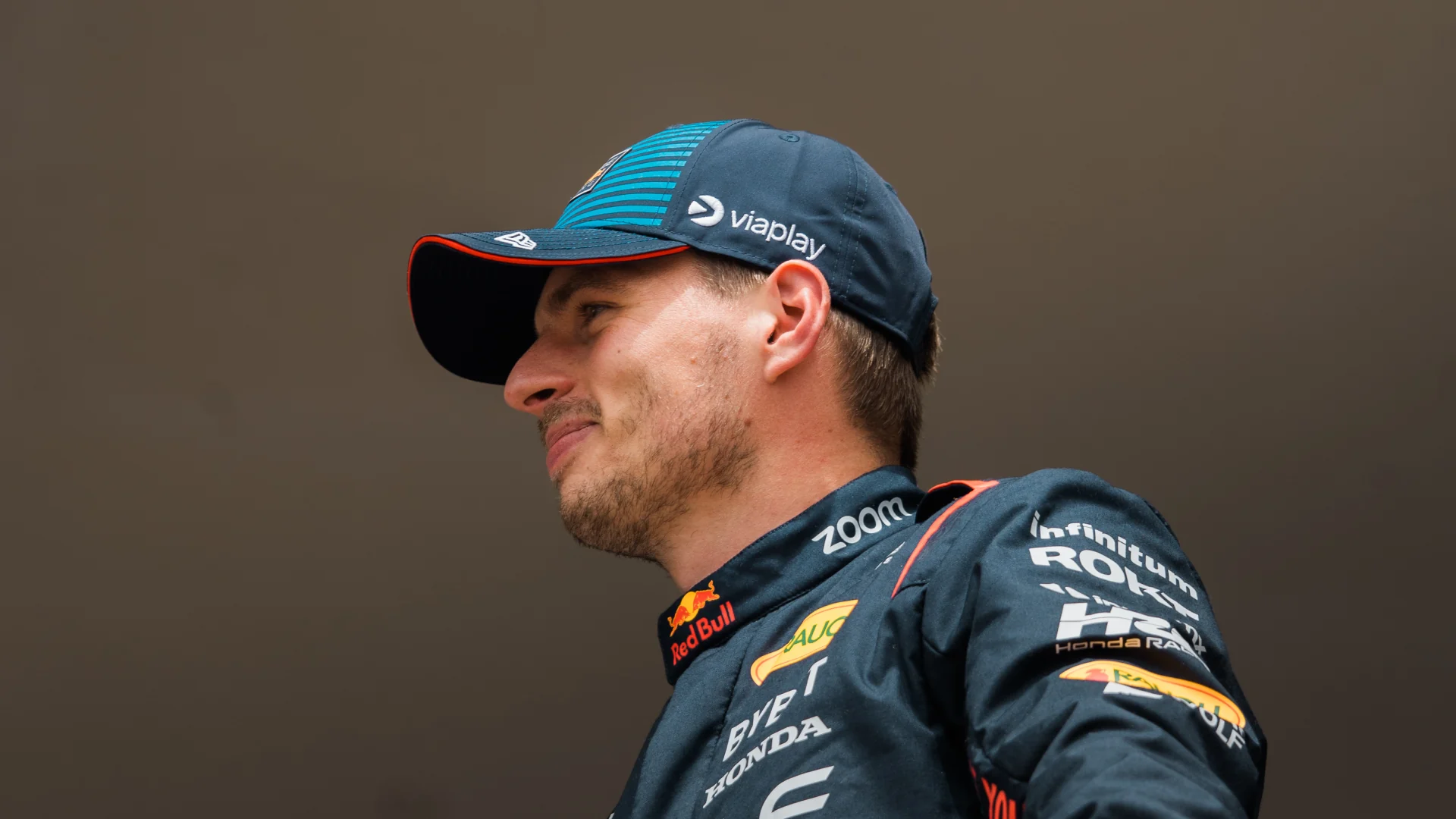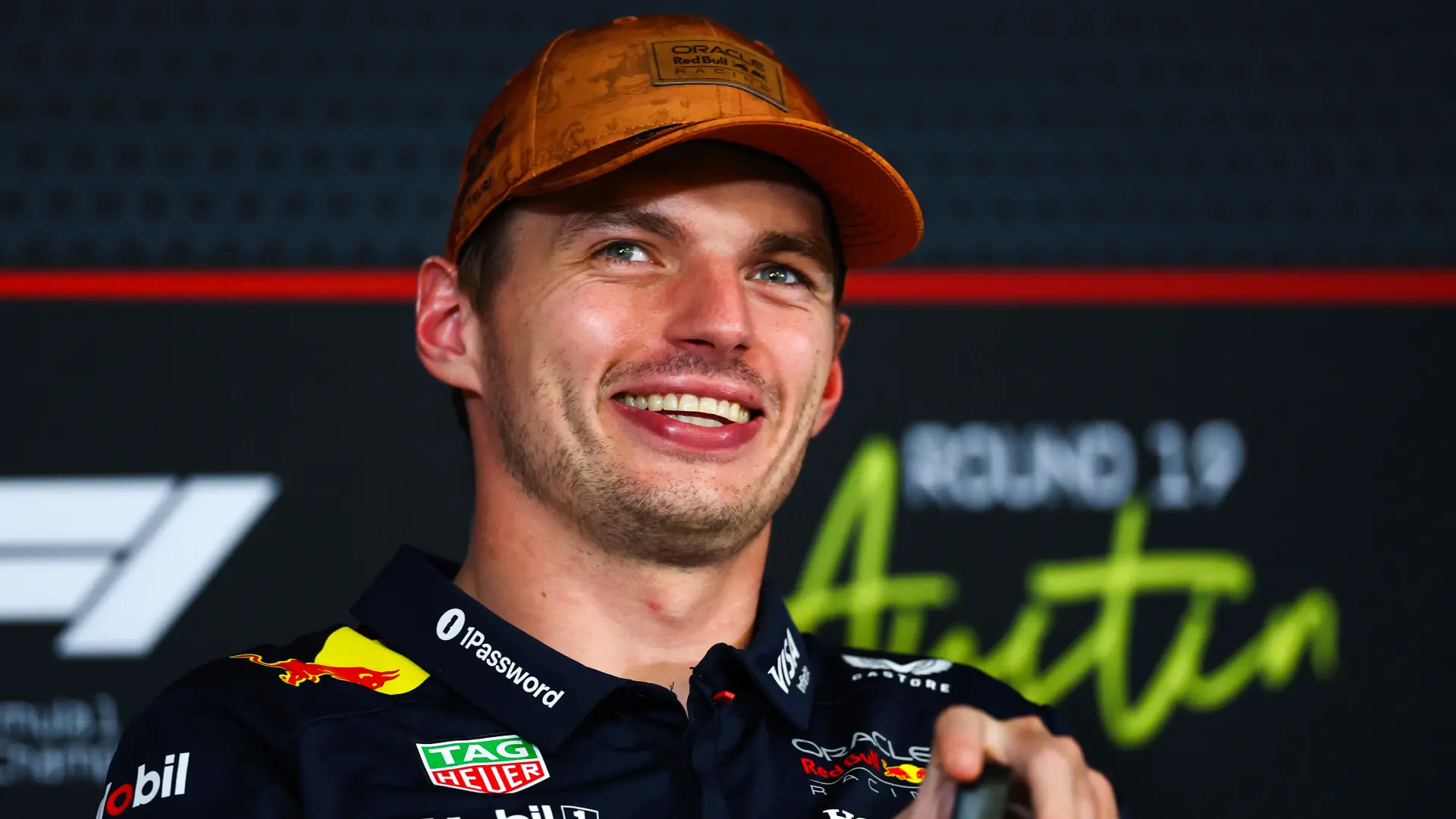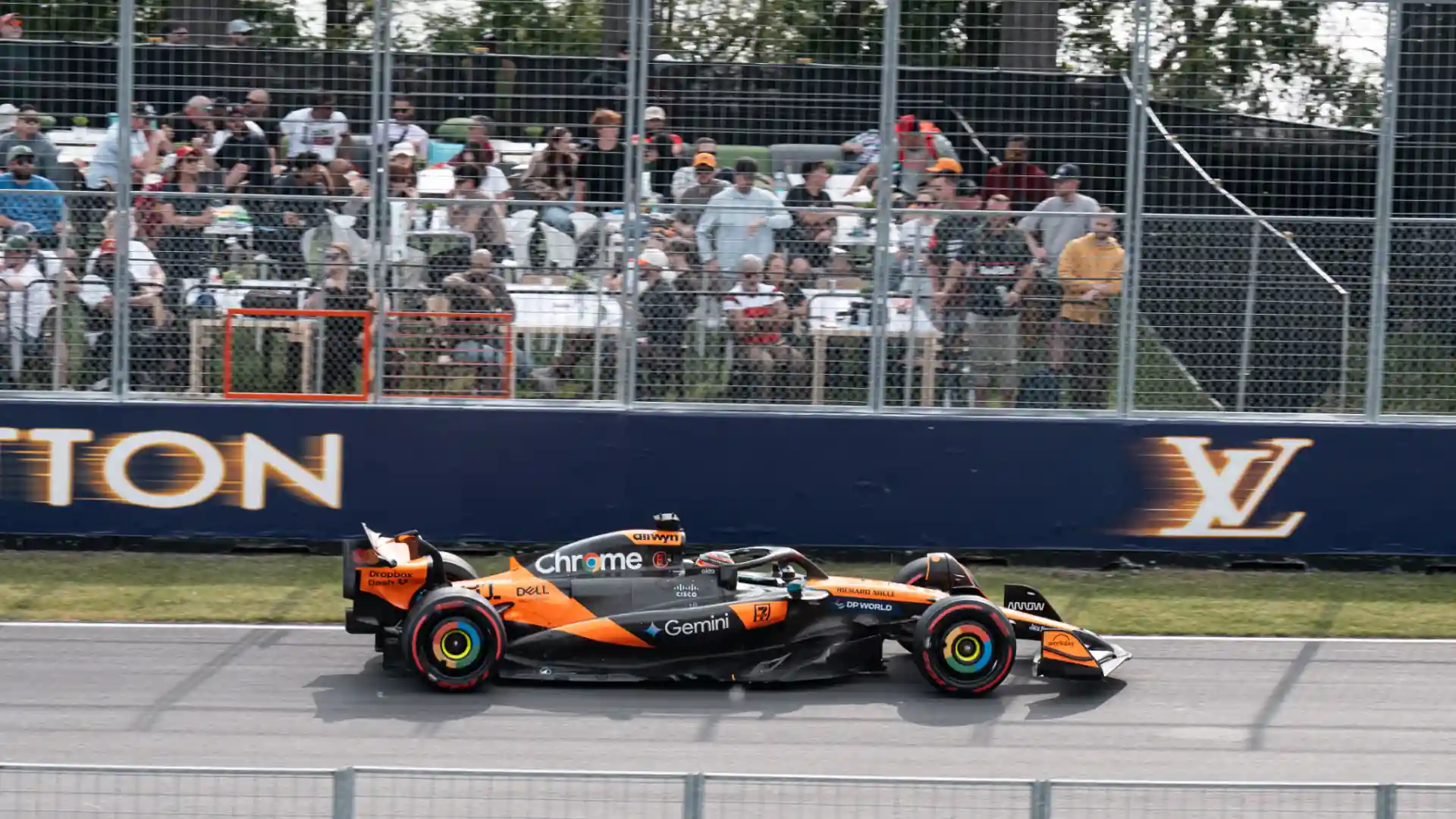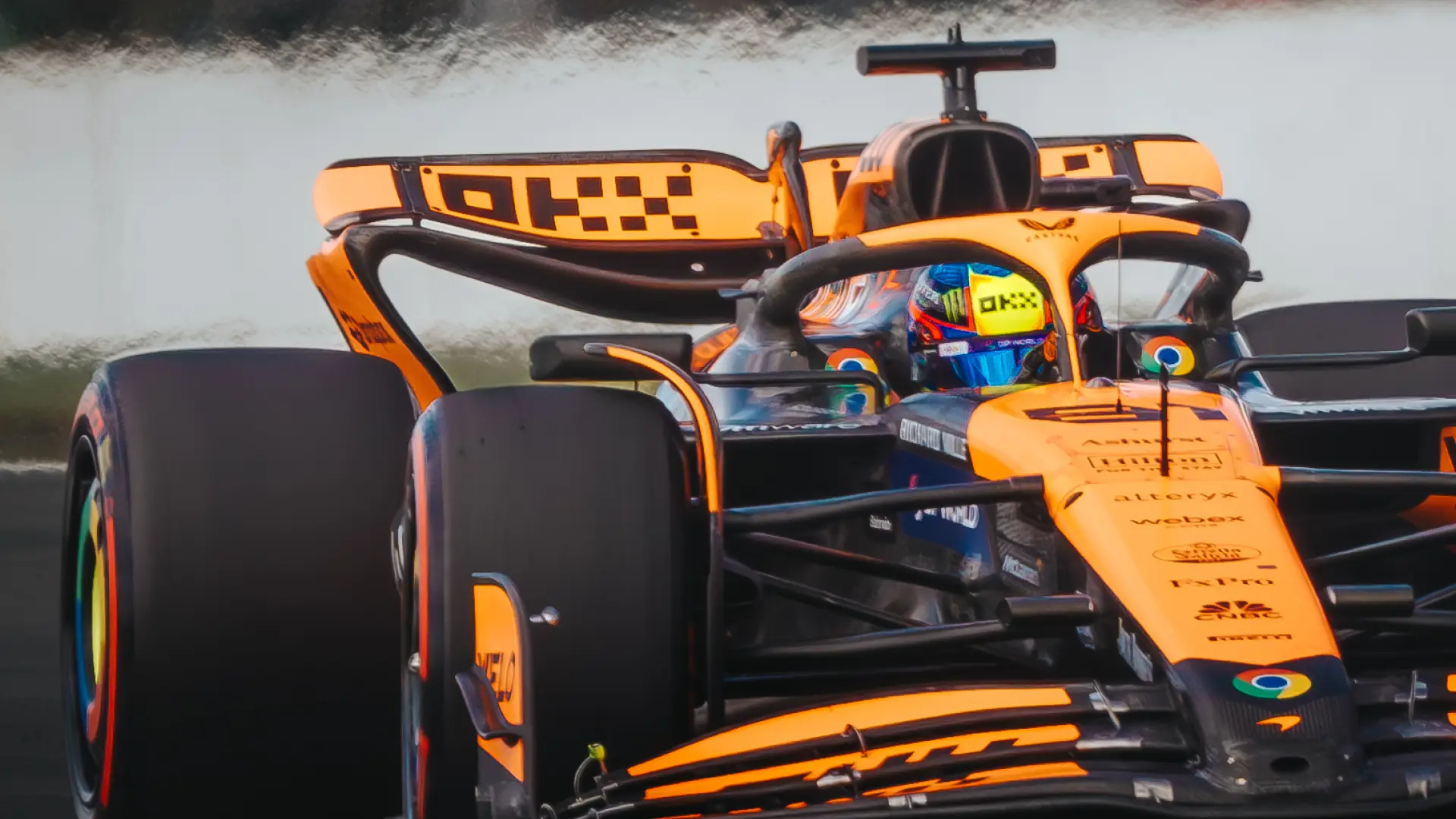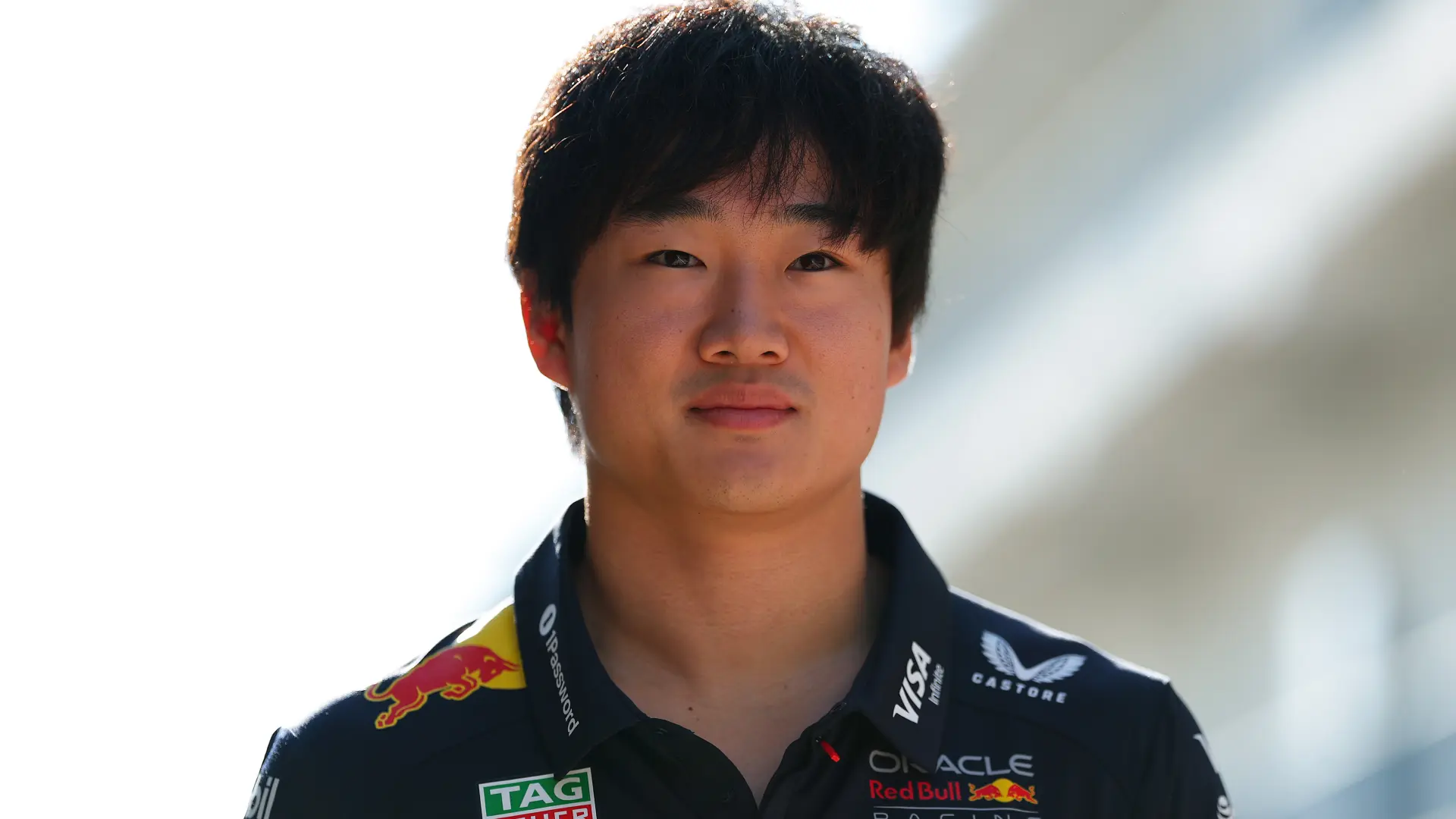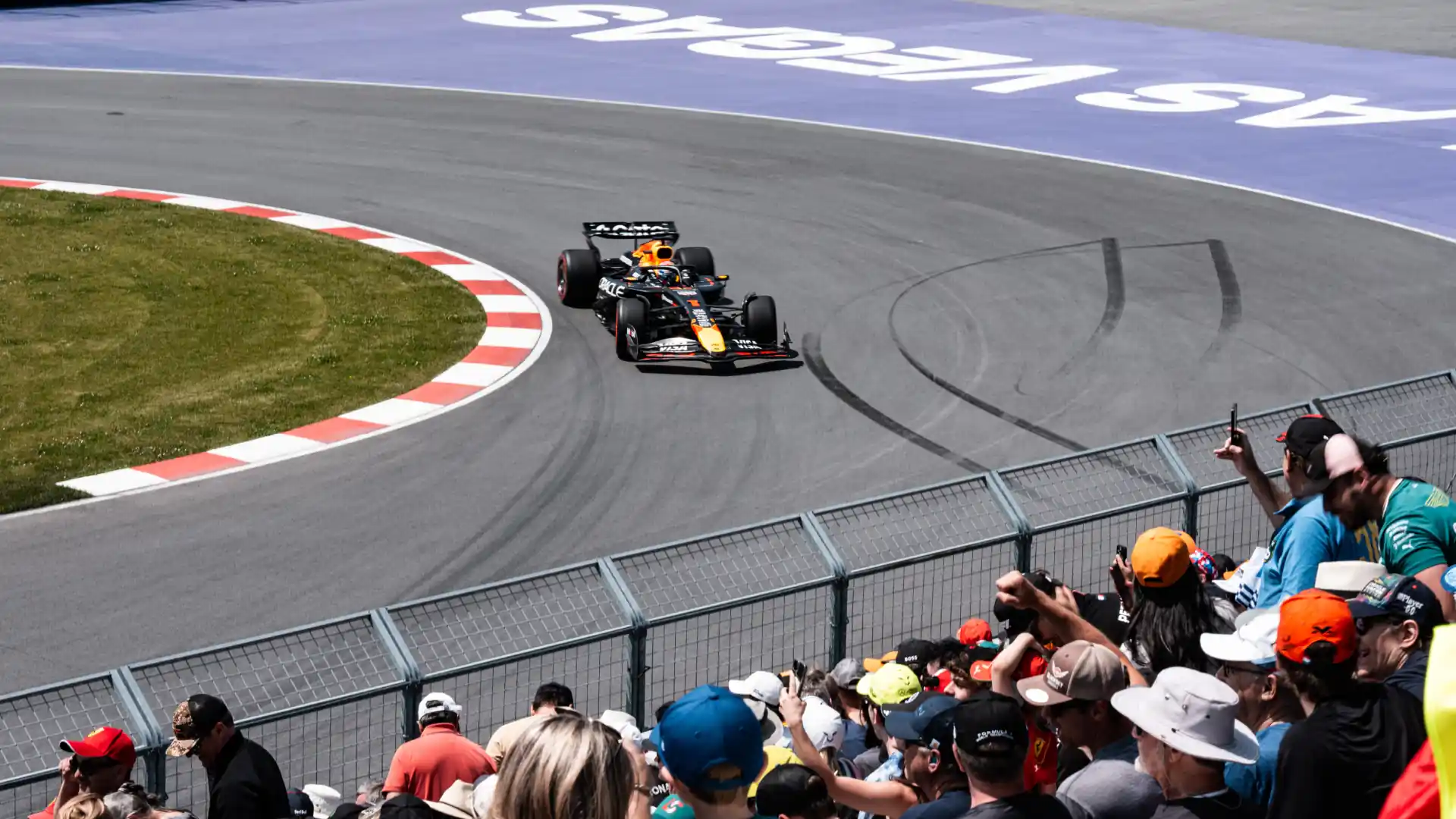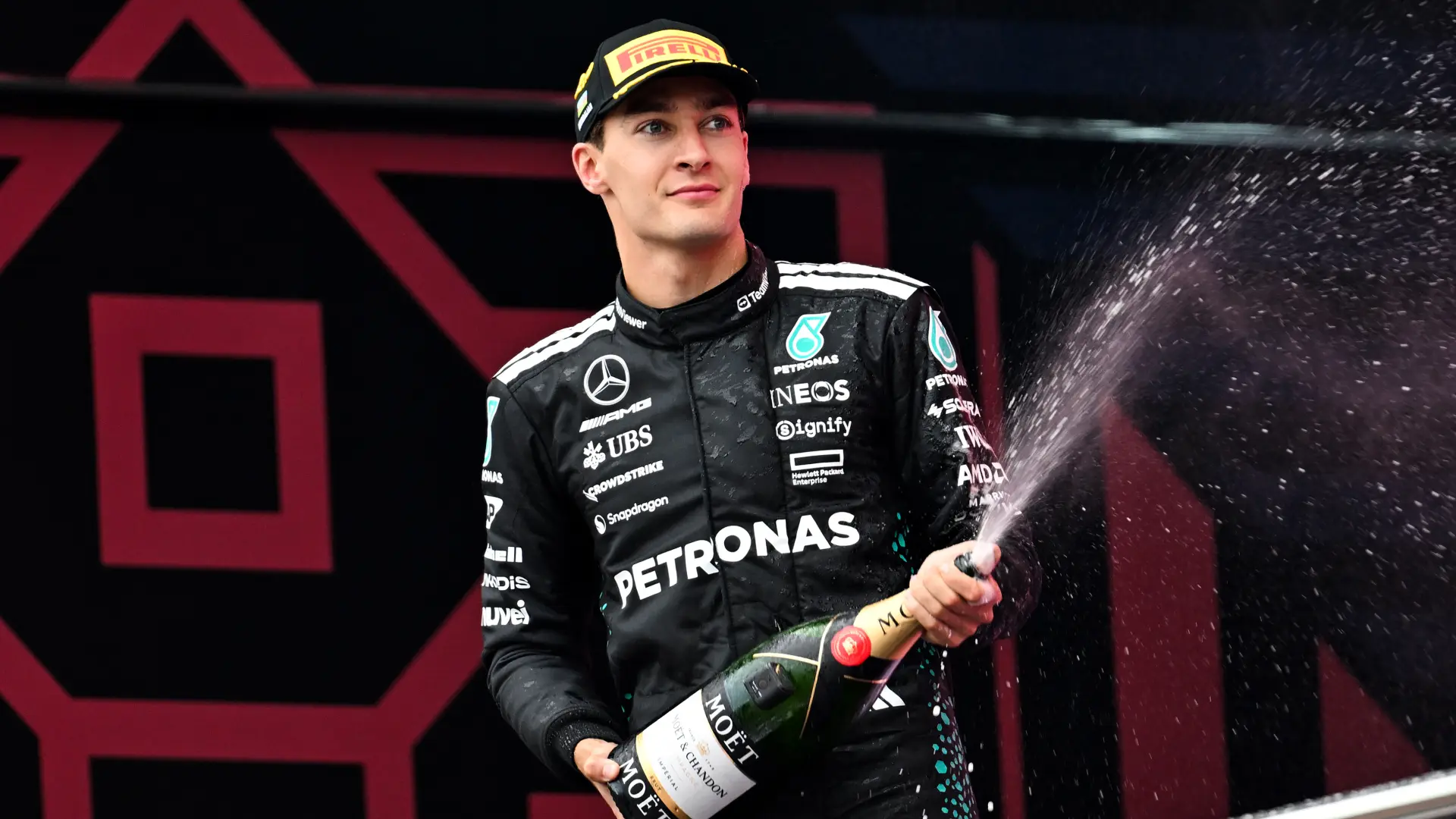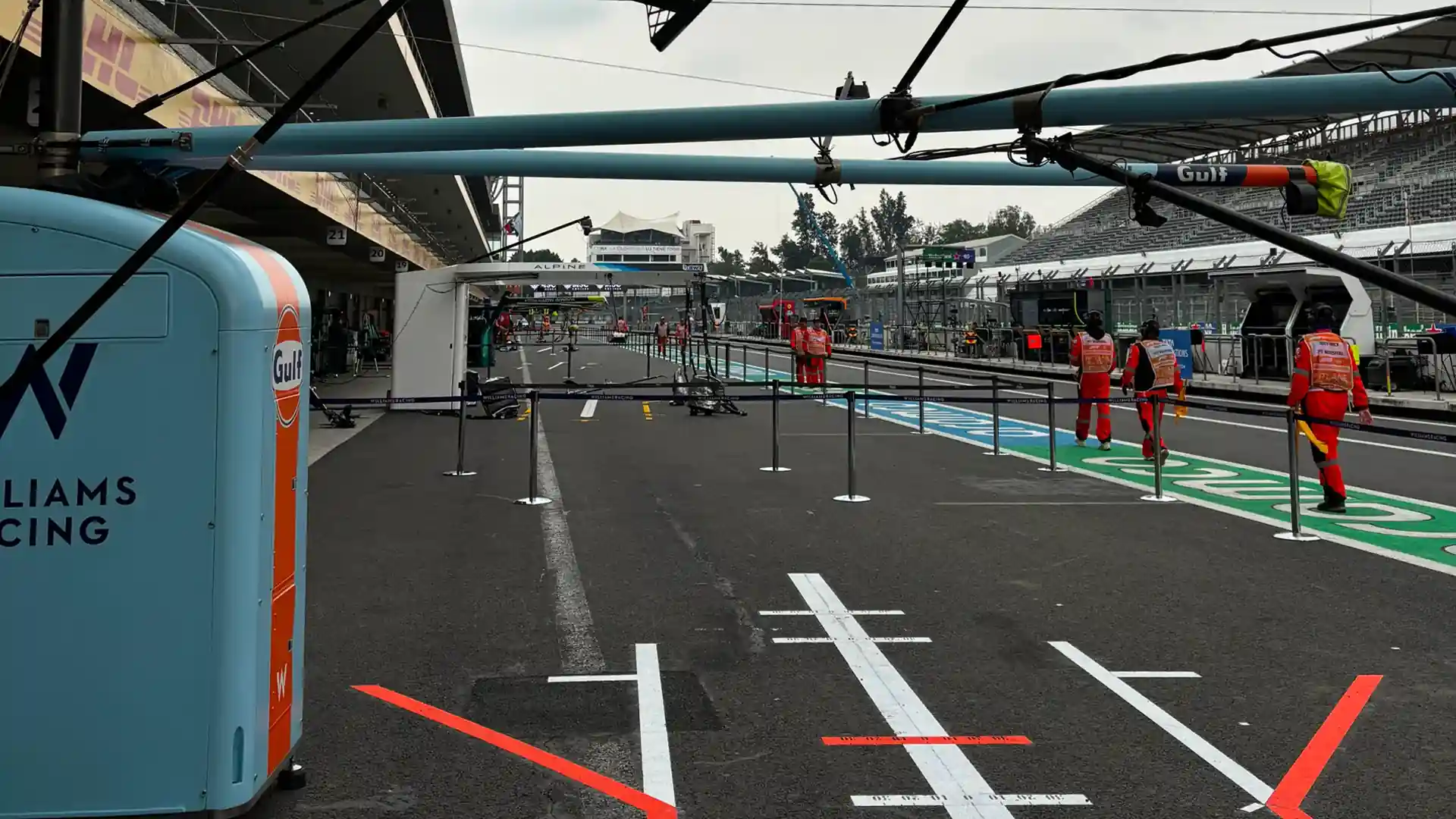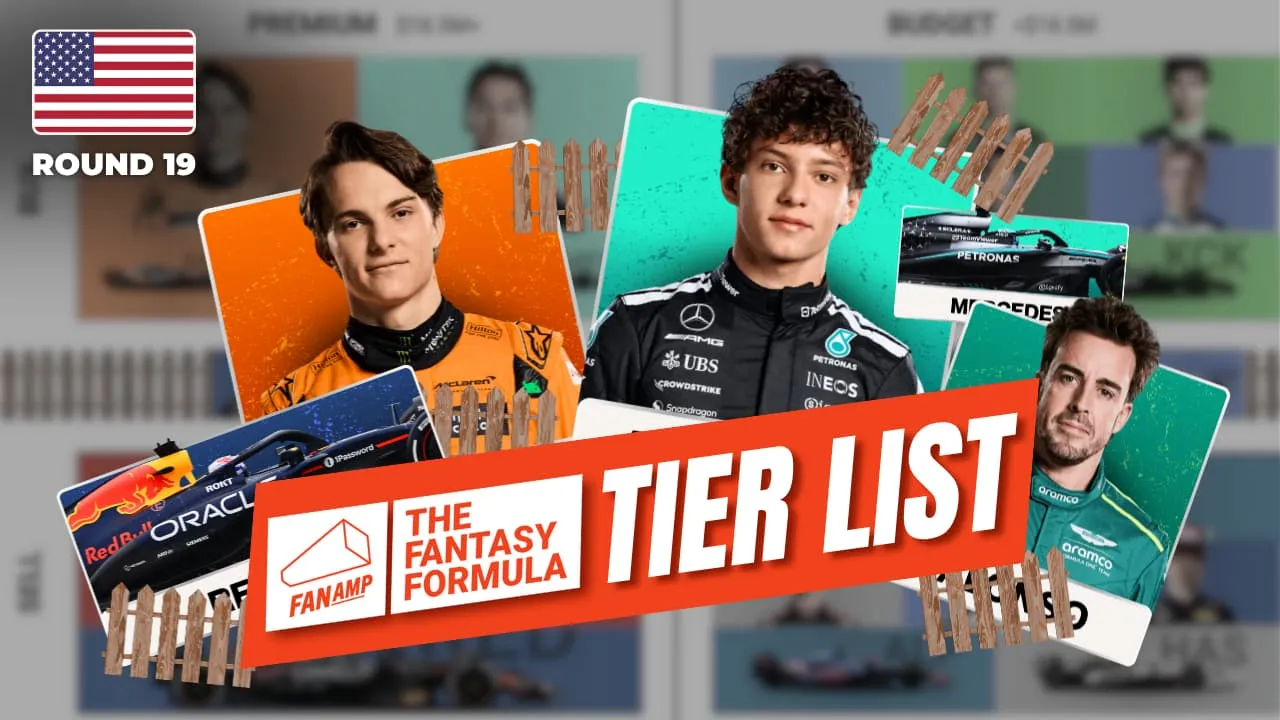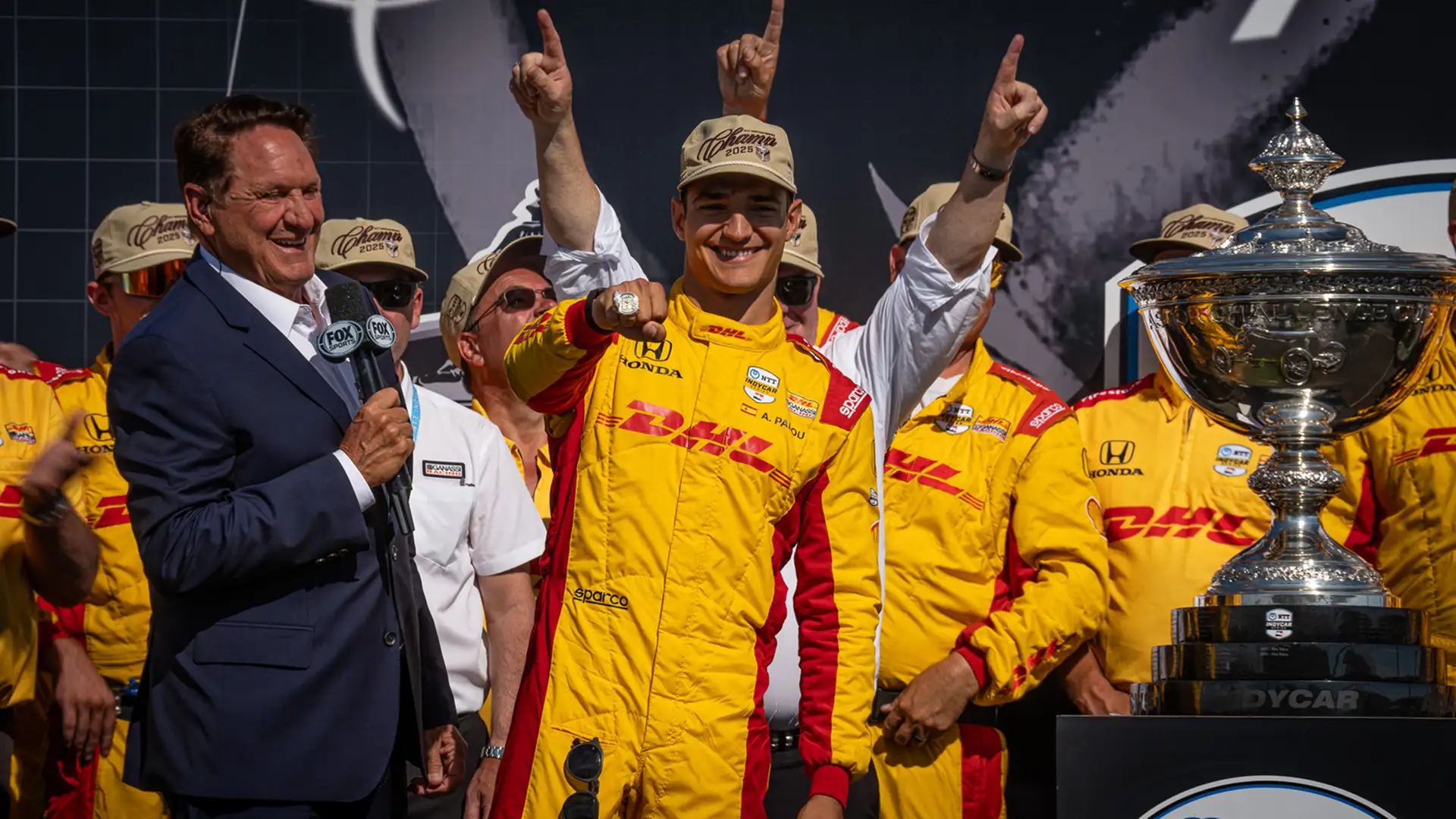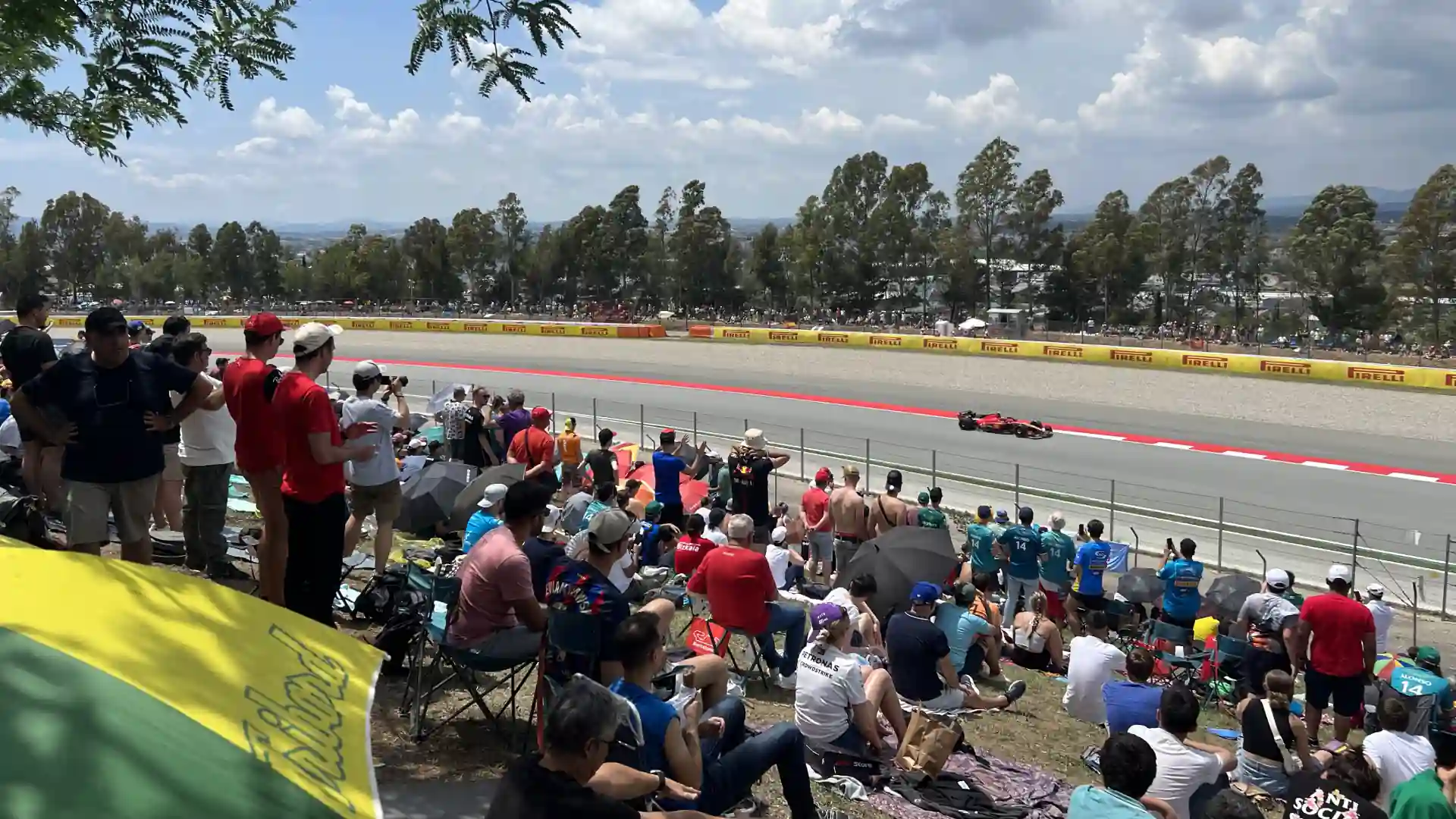If there is one thing we can all count on happening during a Formula 1 weekend, it is that there will be enough action on track to keep the race stewards busy with penalties left and right. And in just the first 10 races, the 2025 season has already more than delivered on that front. With less than half of the racing calendar behind us, we have already seen everything from major fines and disqualifications to drivers getting dangerously close to a ban.
So let's take a look back at some of the most memorable mistakes made so far in 2025.
China triple threat
Starting off strong is a Grand Prix that had an astounding three disqualifications. The Alpine and Ferrari of Pierre Gasly and Charles Leclerc were both discovered to be below the 800 kg weight limit, while Leclerc's teammate, Lewis Hamilton, was found to have excessive plank wear. Both of these offenses led to automatic disqualifications, so none of the drivers were classified at the end of the Grand Prix.
All three of these penalties were incredibly unfortunate but it was the Ferraris who paid the biggest price. The team began the weekend well, with Hamilton taking sprint pole and converting it to his first win in red. Yet despite being one of the fan favorites for the Constructors’ title going into the season, Ferrari started the year off on the wrong foot. After a less than stellar performance in the first race of the year– in which Leclerc finished P8 and Hamilton finished P10– a double disqualification for two unrelated reasons was the last thing they needed to get back on their feet.
As for Alpine, while Gasly was not in points position when he was disqualified, they still walked away from the China weekend as the only team on the grid yet to score any points.
€20K bathroom break
The next race on the schedule–the Japanese Grand Prix–also gave us a particularly memorable penalty, when Carlos Sainz was handed a massive €20,000 fine (€10,000 of which was waived) for missing the national anthem.
At the beginning of a weekend, all teams are given the specific time that a host nation's national anthem will be played, and are all expected to be present for it. In fact, we often see drivers booking it across the paddock to make it on time and avoid the enormous fees that come with missing this part of the race opening.
Sainz, however, had a fair excuse for not being there for the Japanese national anthem. Earlier that day, he had been experiencing stomach problems and was in the bathroom at the time. Nonetheless he was still charged the hefty fee. This sparked a bit of backlash, as it became clear that even medical concerns would not be taken into account when penalizing drivers for this.
In reaction to it, Sainz risked having to pay even more for foul language by saying, “I don't know if I'll get another fine for saying this…but s*** happens.”
Earlier this year, the FIA introduced a rather stringent set of rules outlining the kind of language that would be tolerated under any circumstances, along with the penalties drivers could face should they break these rules. This includes everything from fines starting at €40,000 for first time offenses to even bigger monetary penalties and the potential for Championship Point deductions and race bans for repeat offenses. Since their introduction, some of these penalties have been slightly reduced. And thankfully for him, Sainz did not have to pay anything more for his comment.
Monaco rebel: cutting corners, literally
The Monaco Grand Prix may have been far from the most exciting event we've had this year, but George Russell made sure to spice things up a bit. The Monte Carlo circuit is notorious for being particularly difficult to overtake on, especially with the size of current Formula 1 cars, and tired of being stuck behind Alex Albon, Russell decided to take things into his own hands. He cut the corner of a chicane to get ahead of the Williams, a move that would normally result in a five-second penalty.
Russell’s team told him to give the place back to avoid the additional time, but Russell had something else in mind. Instead of giving the place back, he openly stated that he’d rather take the time penalty. Given how the race was unfolding, with teammates helping each other create pit stop-sized gaps between opponents, he likely would be able to have enough of a gap to negate the extra five seconds. The stewards, however, were not fond of Russell taking the rulebook into his own hands like that, and chose to go with a harsher penalty than usual. They gave him a drive-through penalty instead which he had to serve within the next two laps.
Speaking about the incident, Russell said, “The weekend was gone so early. We weren't fighting for anything. You get the same points for P11 as you do for P20. And as I said, I just wanted to enjoy Monaco. I didn't get the chance on Saturday.
“I at least enjoyed the last 25 laps of the race. So it's not part of the new George Russell being a rebel, cutting the track. I was just getting tired of seeing Alex driving like a grandma!”
The two drivers did get dinner together afterwards, for which Albon paid in apology for holding up the race to create a gap for his teammate (a strategy which many teams relied on).
Misunderstandings in Monte Carlo
Russell's former teammate, Hamilton, likewise did not have the best of weekends in Monaco when it came to the stewards. Hamilton was handed a three-place penalty for impeding Verstappen while the Red Bull was on a push lap during Qualifying. This came after a moment of messy communication between him and his race engineer, Ricciardo Adami, who first said, “Verstappen pushing behind three seconds,” but quickly followed that with, “Sorry, he's slowing down behind. Watch your mirrors."
The confusion led to Hamilton believing that Verstappen was on a slow lap like himself. Hence, he did not move out of the way when a speeding Red Bull appeared behind him.
Hamilton and Adami have had several moments of miscommunication throughout the beginning of the season. And this is not necessarily cause for concern overall. A new working relationship is not always going to be smooth sailing from the get-go, and bumps along the road are to be expected. That said, this incident was the first time that miscommunication between the two led to negative consequences for Hamilton and the team, as he started three places lower on the grid in a race where the chance for overtakes is next to zero.
Max risk and no reward in Spain
By far one of the most noteworthy on-track moments this year happened at the Spanish Grand Prix. In the final stages of the race, Kimi Antonelli suffered a power unit failure, triggering a safety car. Most of the front runners took the opportunity to swap tires, including Max Verstappen, whose only fresh tire option was a set of hards. This left him open to attack from those around him on the restart. And indeed, once we got back to racing, Russell made a move from behind. Verstappen defended and managed to stay ahead. His pit wall, however, told him to concede position to Russell, which frustrated Verstappen all the more. He slowed down, seeming to give space for Russell to pass him, only to speed up again and make what looked like intentional contact.
The incident resulted in a 10-second penalty for Verstappen and three penalty points on his Super License. This brought him to 11 total points, just one shy of the 12 that would trigger a one-race suspension. The 11 points will hold until the end of June, when three of them expire, but in the meantime, Verstappen has to keep a cool head and not get into any trouble, lest he risk missing a race in an incredibly precarious season.
A point-less penalty in Canada
Before we get to the final penalty on this list, it is important to note how penalties are decided on. One of the key principles that racing stewards must follow is to only take into account the incident itself. The outcome or the consequences of the incident should not come into discussion when choosing a penalty, because this opens up far too much room for debate and inconsistencies between individual decisions.
This brings us to the final penalty on this list. During the Canadian Grand Prix, the two McLarens of Lando Norris and Oscar Piastri made contact as Norris was trying to pass Piastri on the start-finish straight. Norris was quick to take responsibility, as he had misjudged the amount of space between Piastri’s car and the circuit barrier, resulting in the accident. When the stewards investigated the collision, they gave Norris a five-second penalty. And just a five-second penalty.
This is curious as the punishment for causing a collision typically comes with penalty points. Verstappen got three for his contact with Russell. Several others have gotten one to two points for various collisions throughout the season. Yet Norris walked away without any penalty points added to his Super License. In fact, the decision document for the incident specifically states, “Because the collision had no immediate and obvious sporting consequence, we imposed a 5 second time post-race time penalty on Car 4.”
This seems to imply that, because the outcome of the collision was so minor, a lesser penalty was applied. Why the stewards chose to take into account the aftermath of this collision this time, but not elsewhere, is unclear, but it has certainly raised some eyebrows, from fans and commentators alike.
More penalties await in 2025
We may be only 10 races in, but the action has been packed, and the penalties have been flying. With so many moving parts crammed into a race weekend, mistakes are bound to happen, be it on the track, in the pit, or between sessions. The aftermath might be minor, or it might derail an entire race plan, keeping everyone from fans, to drivers, to team principals alike on their toes, and adding even more spice to every Grand Prix. These are just some of the most outstanding, talked about ones of the season so far, and they certainly won’t be the only ones as the year goes on.
To learn more about F1 penalties, be sure to check out our full guide, which explains everything you need to know about how they work!

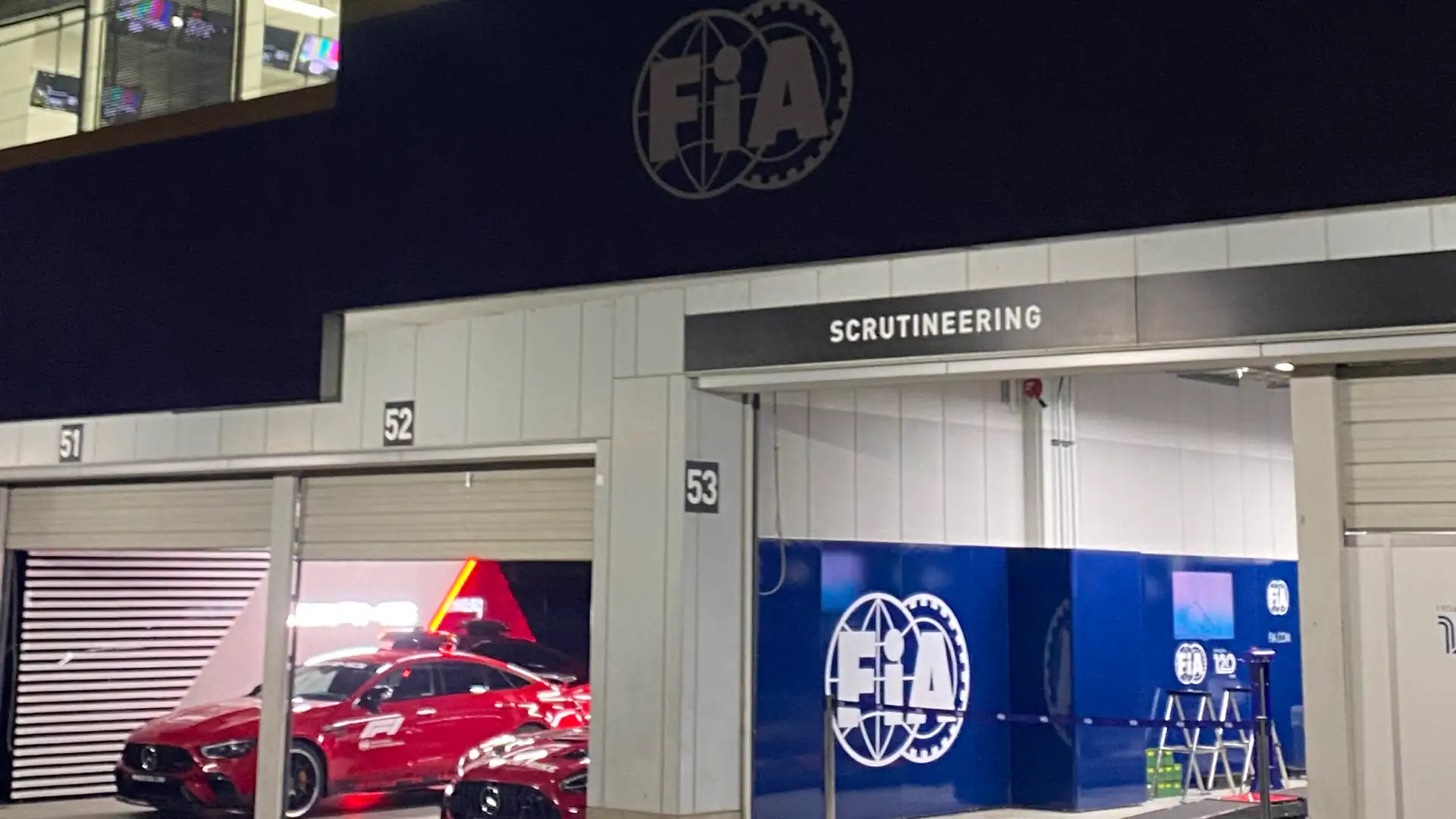
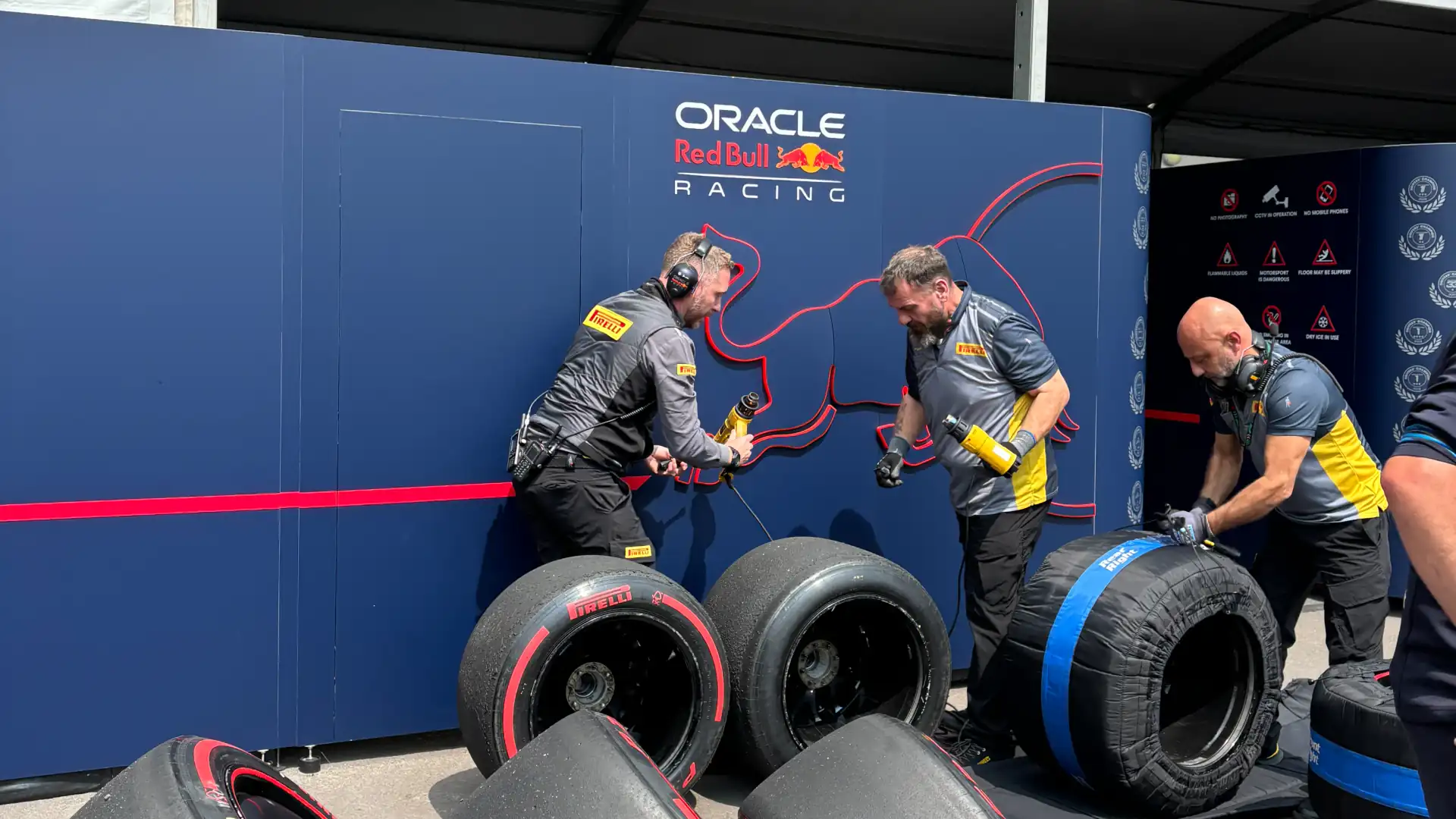
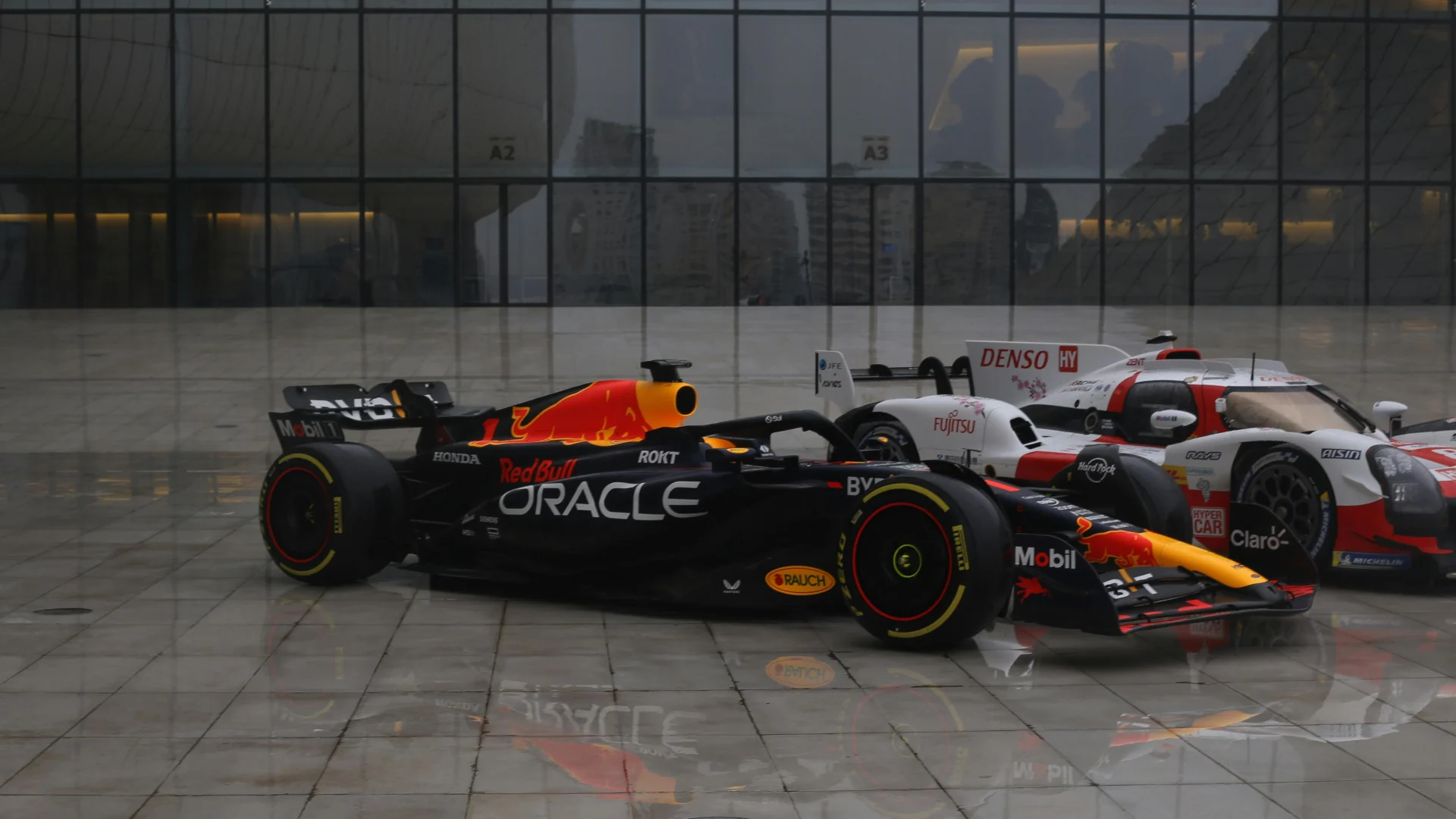

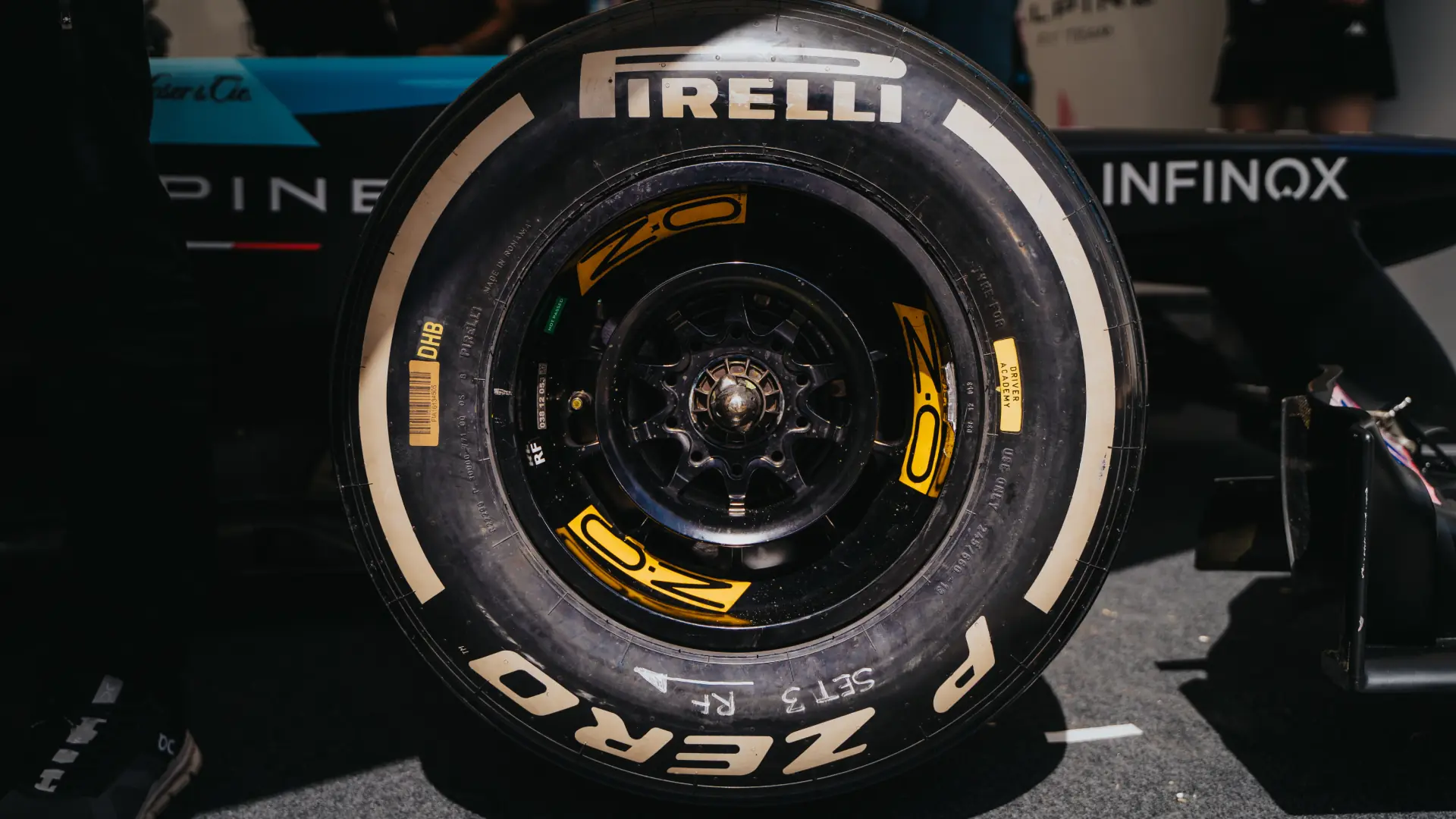
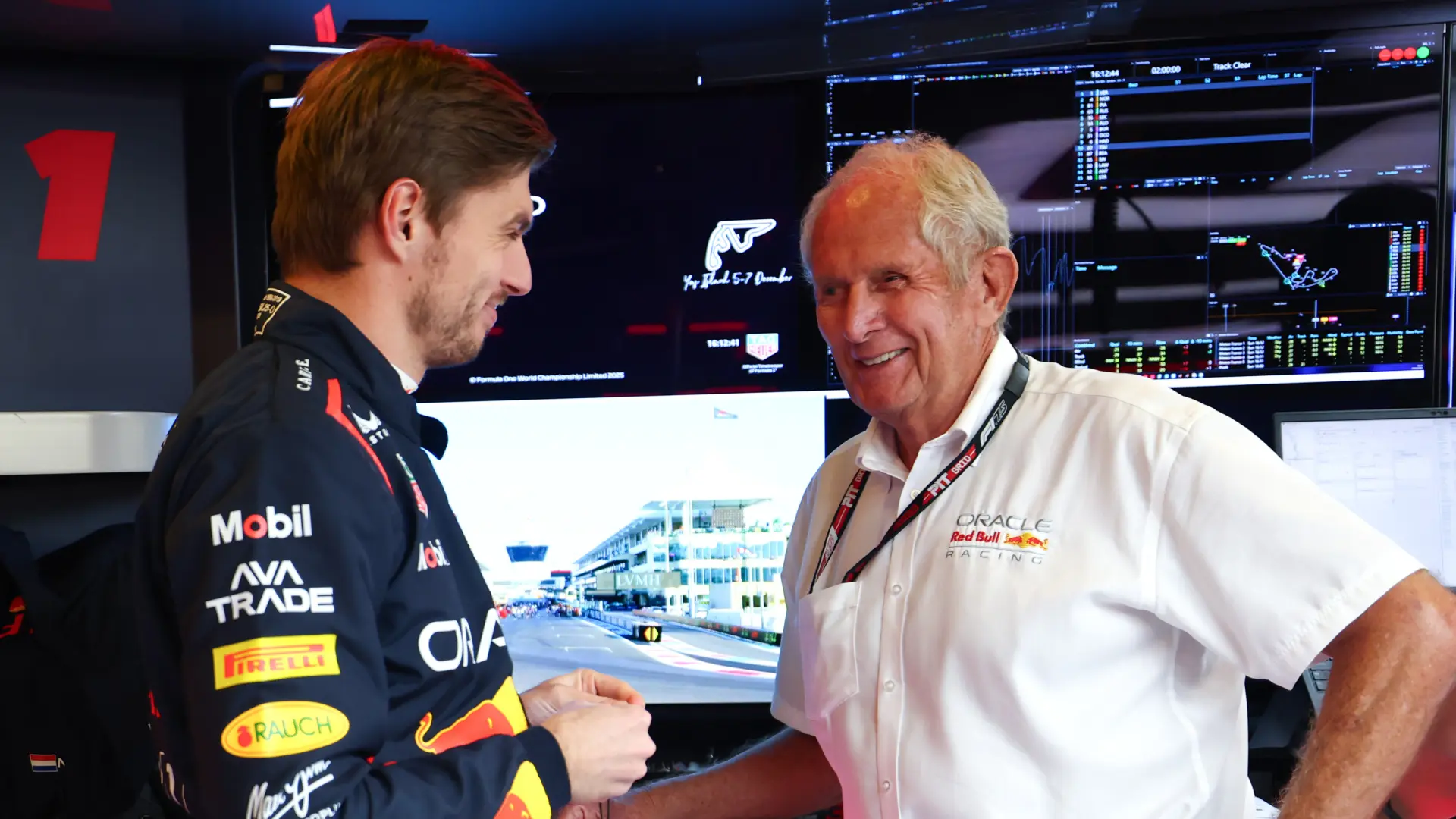

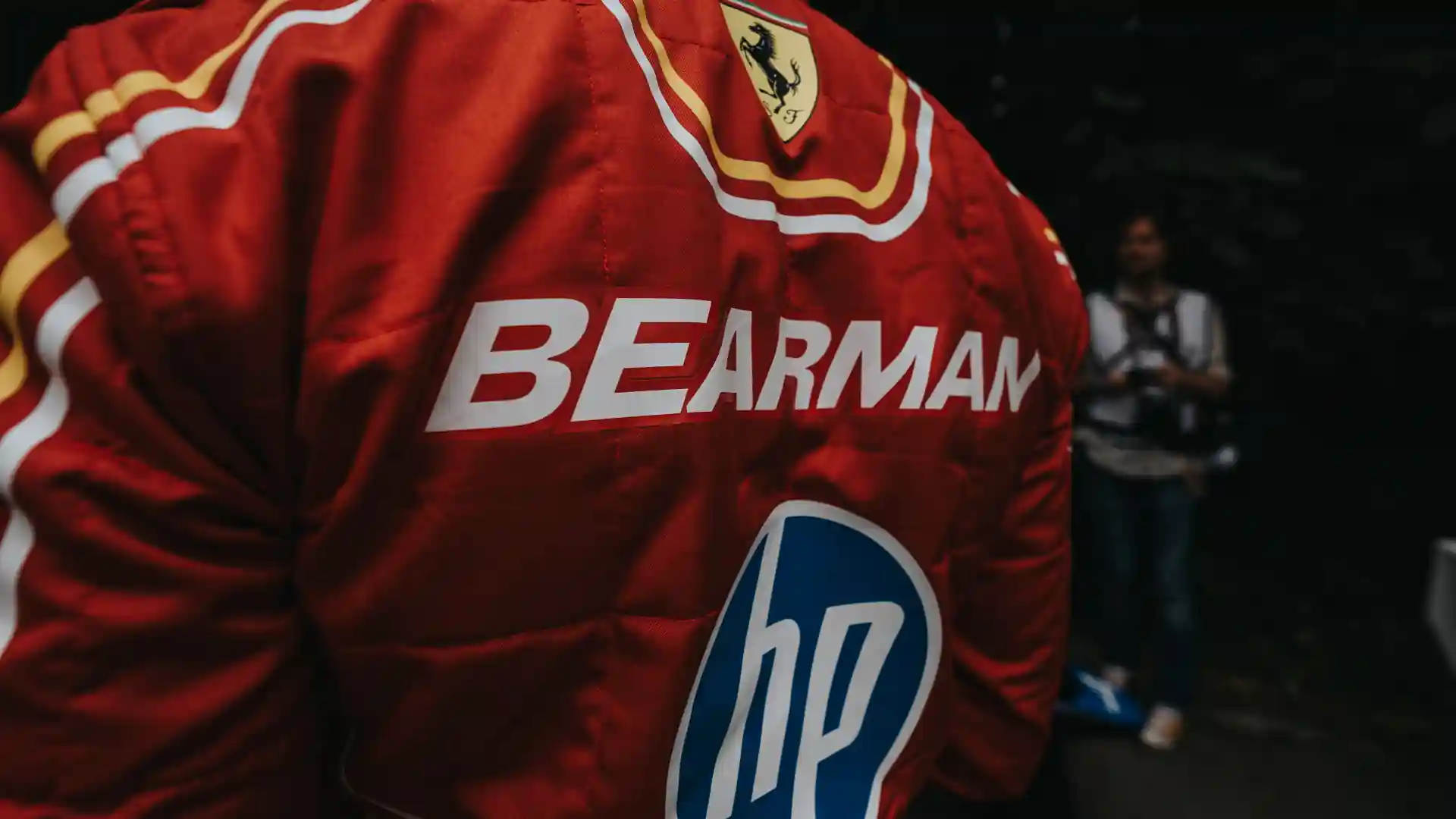
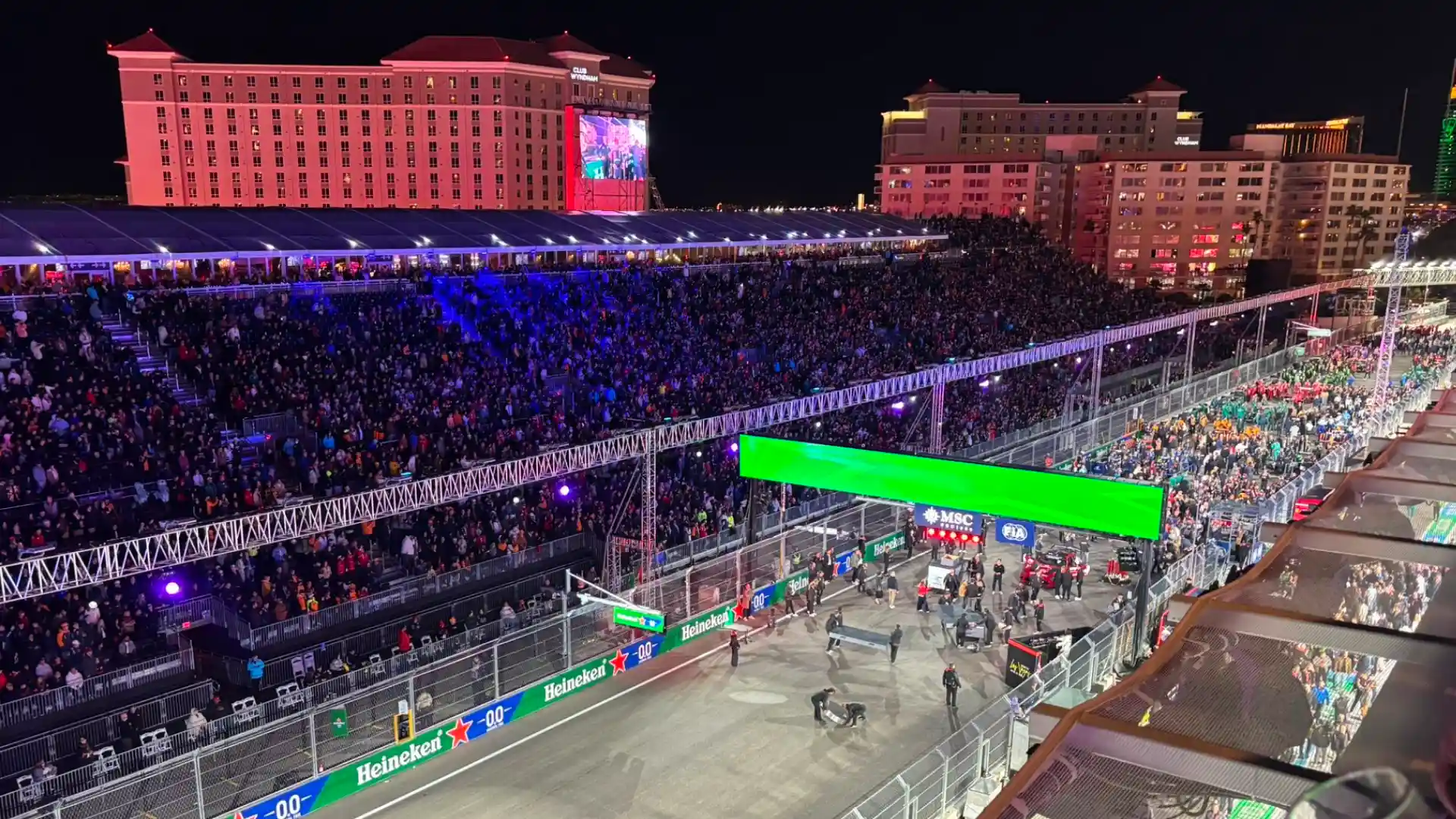
.webp)
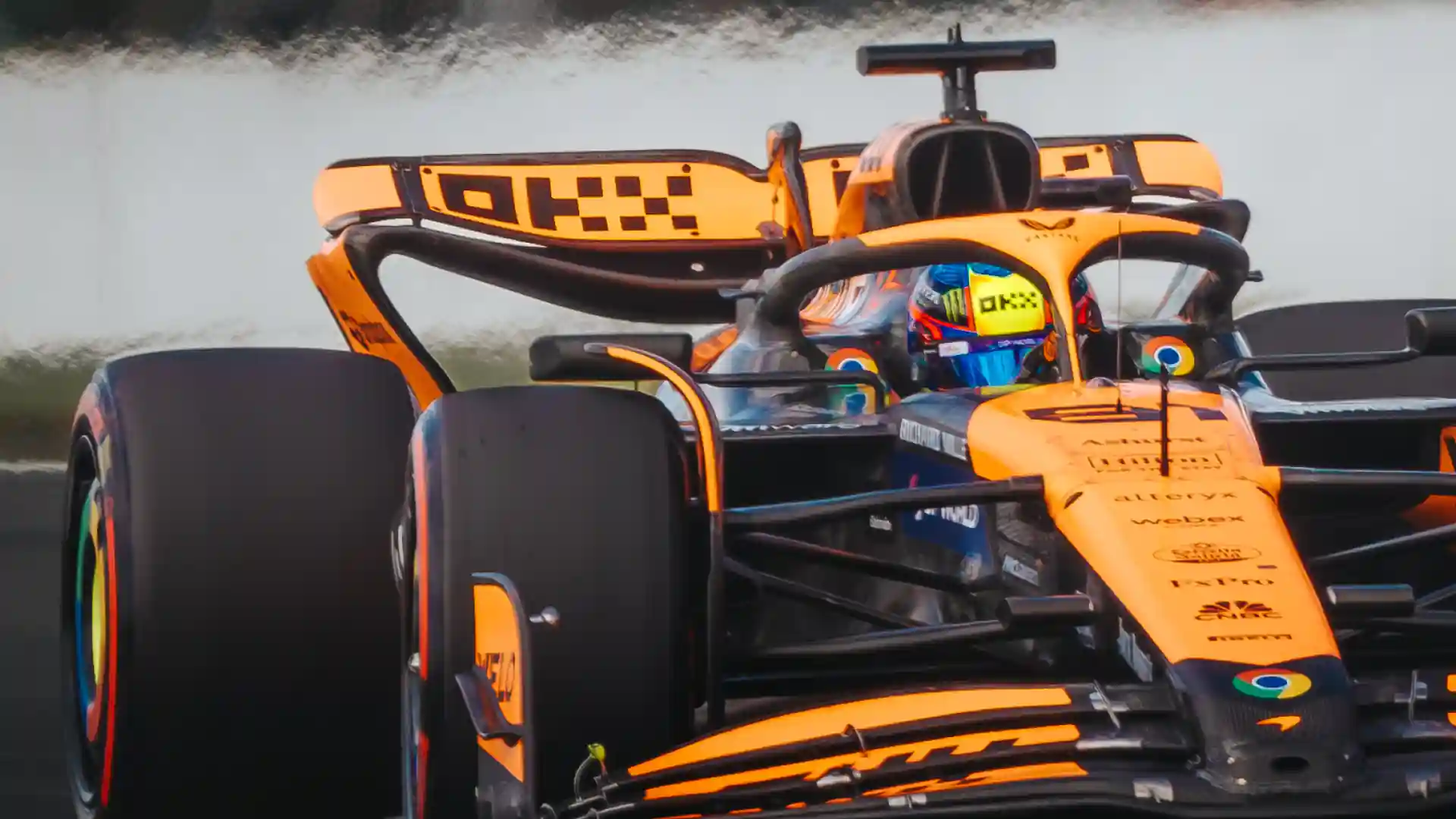

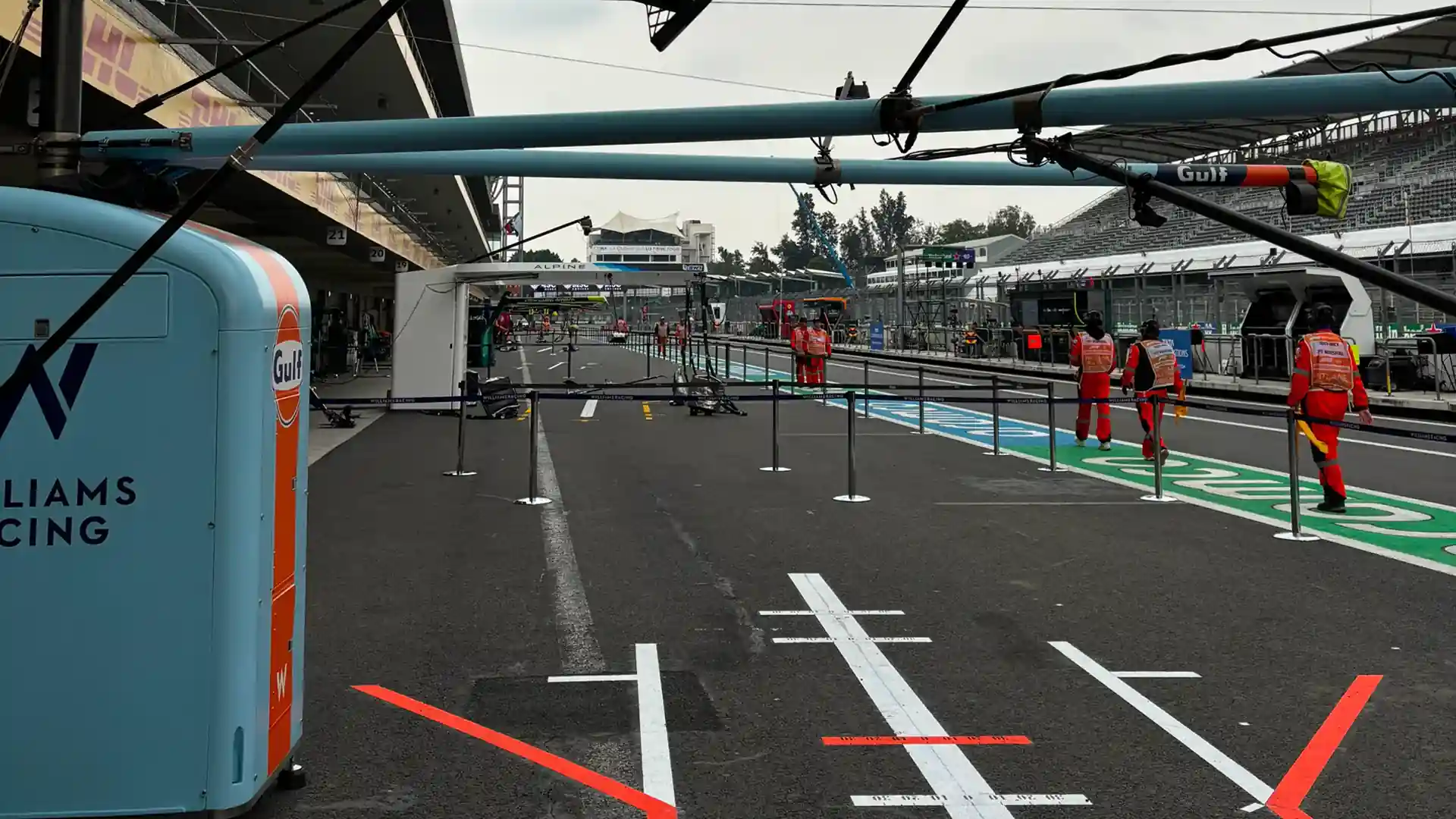

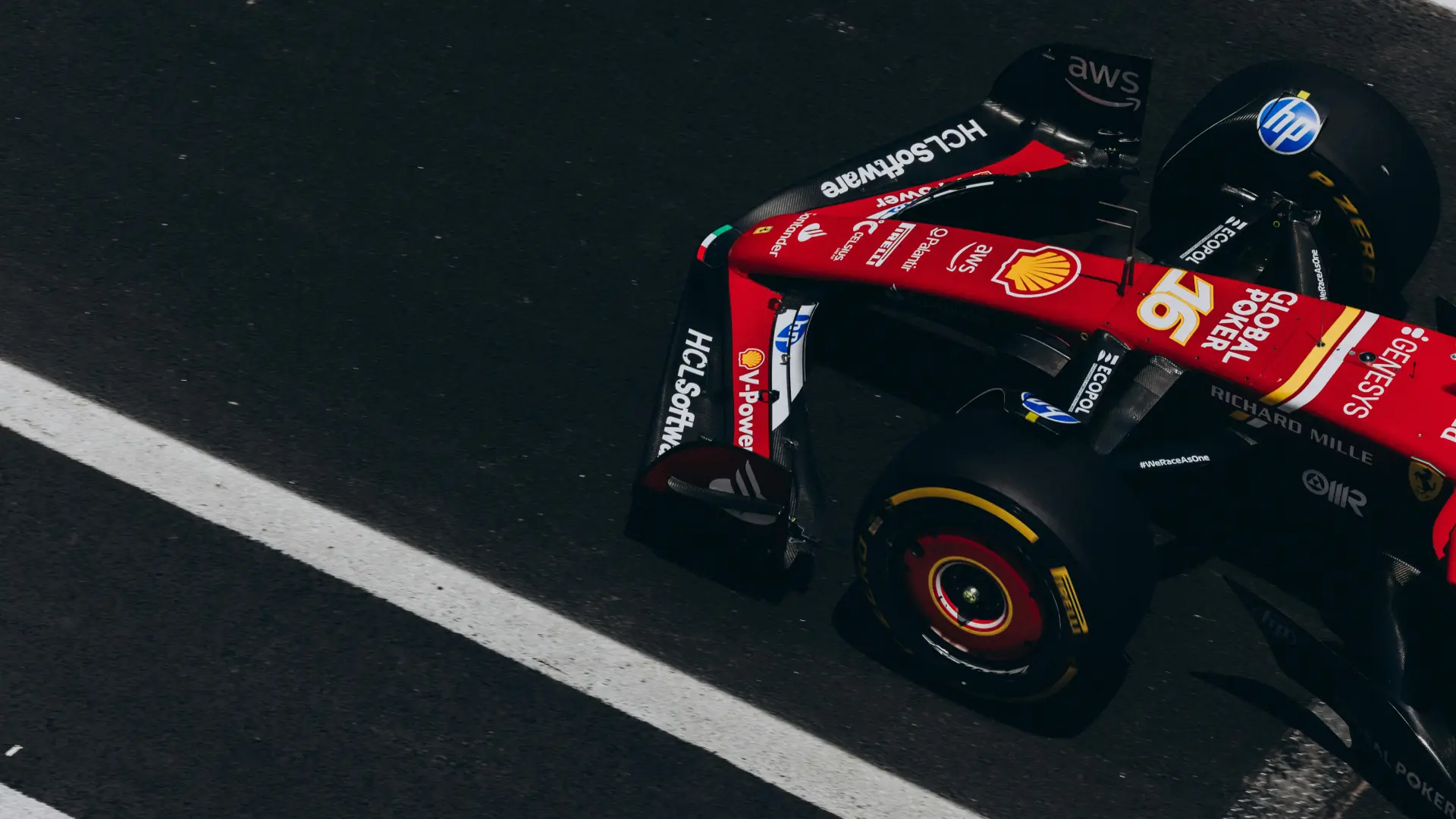




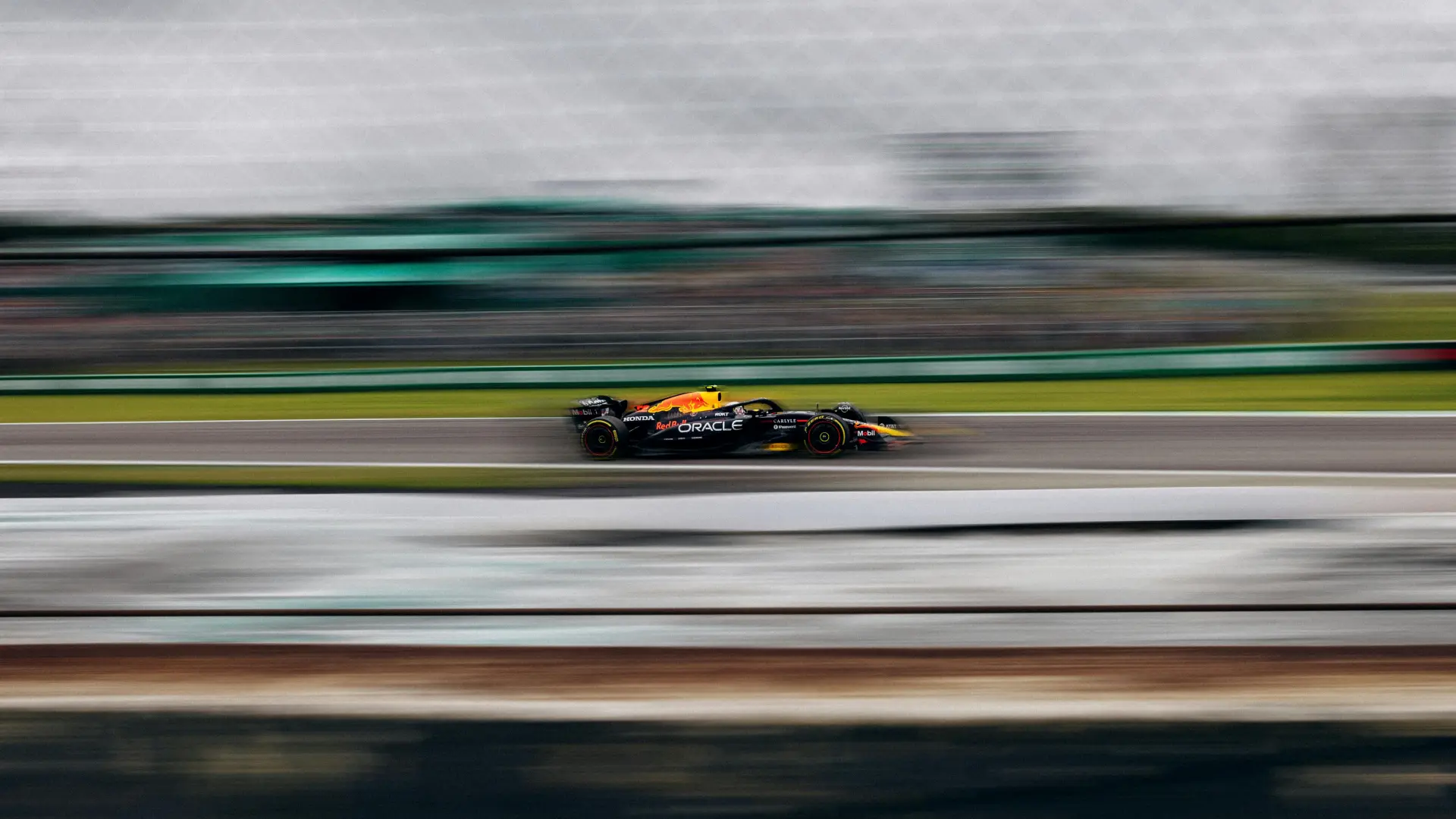


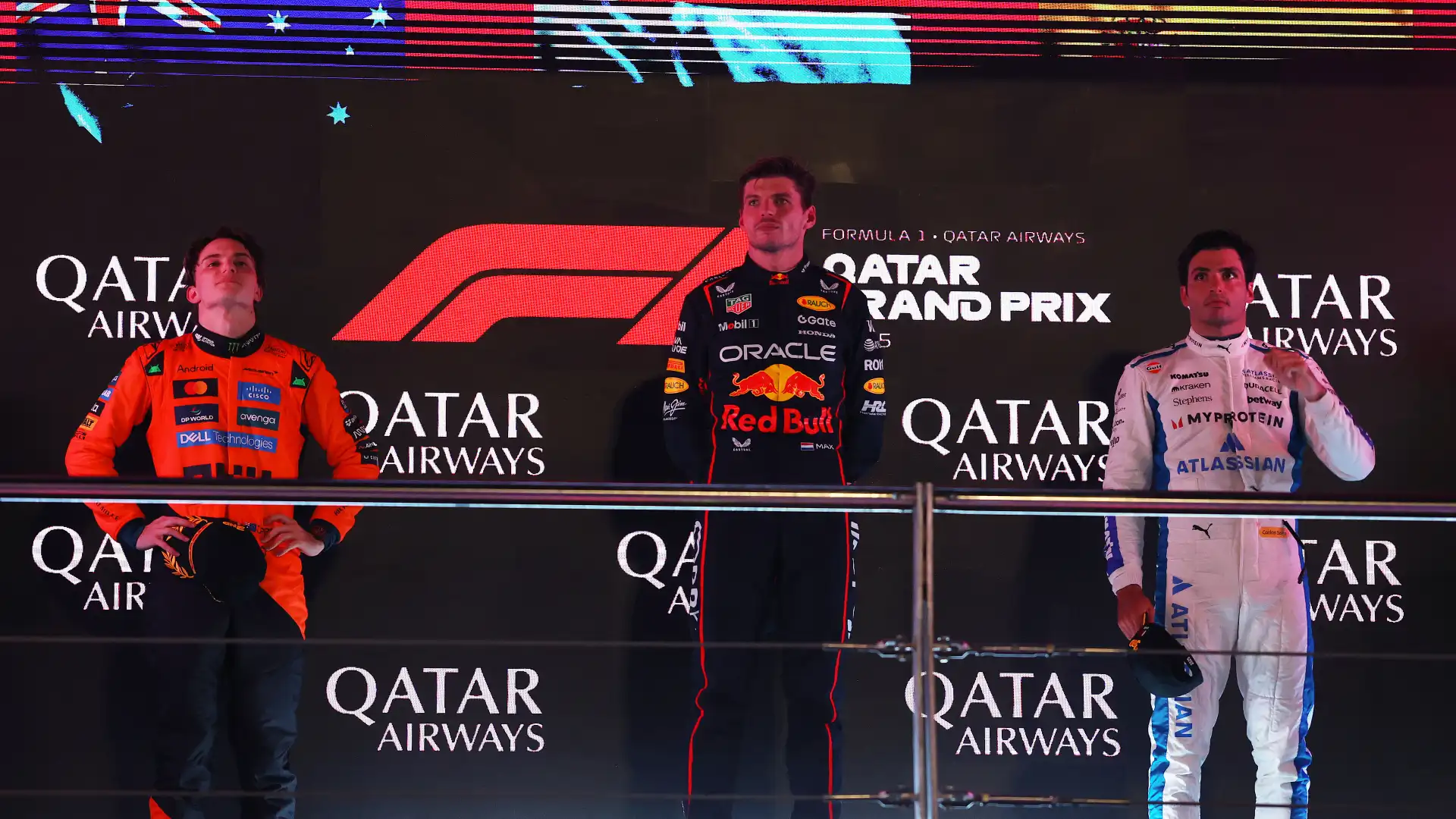

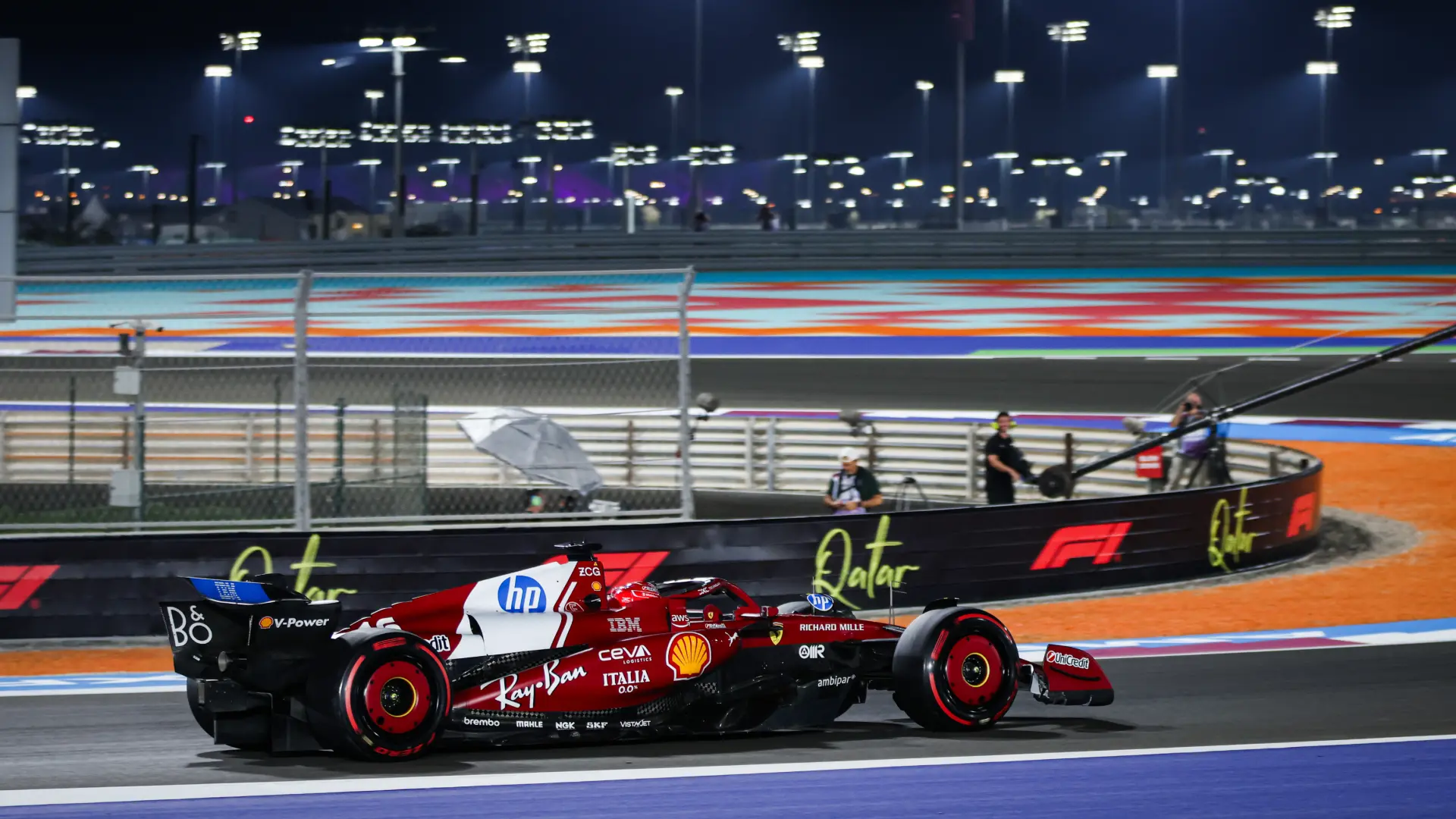

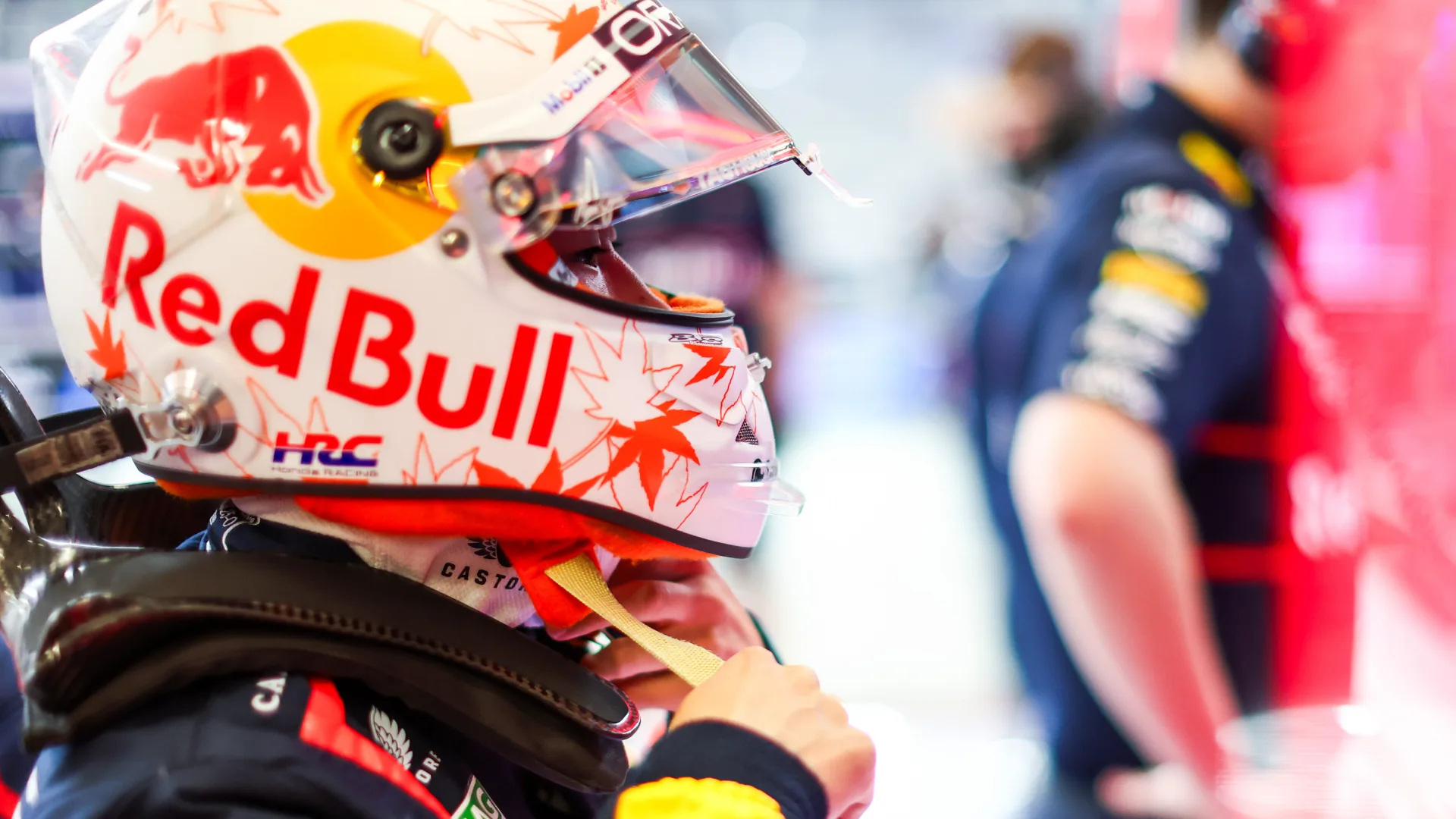


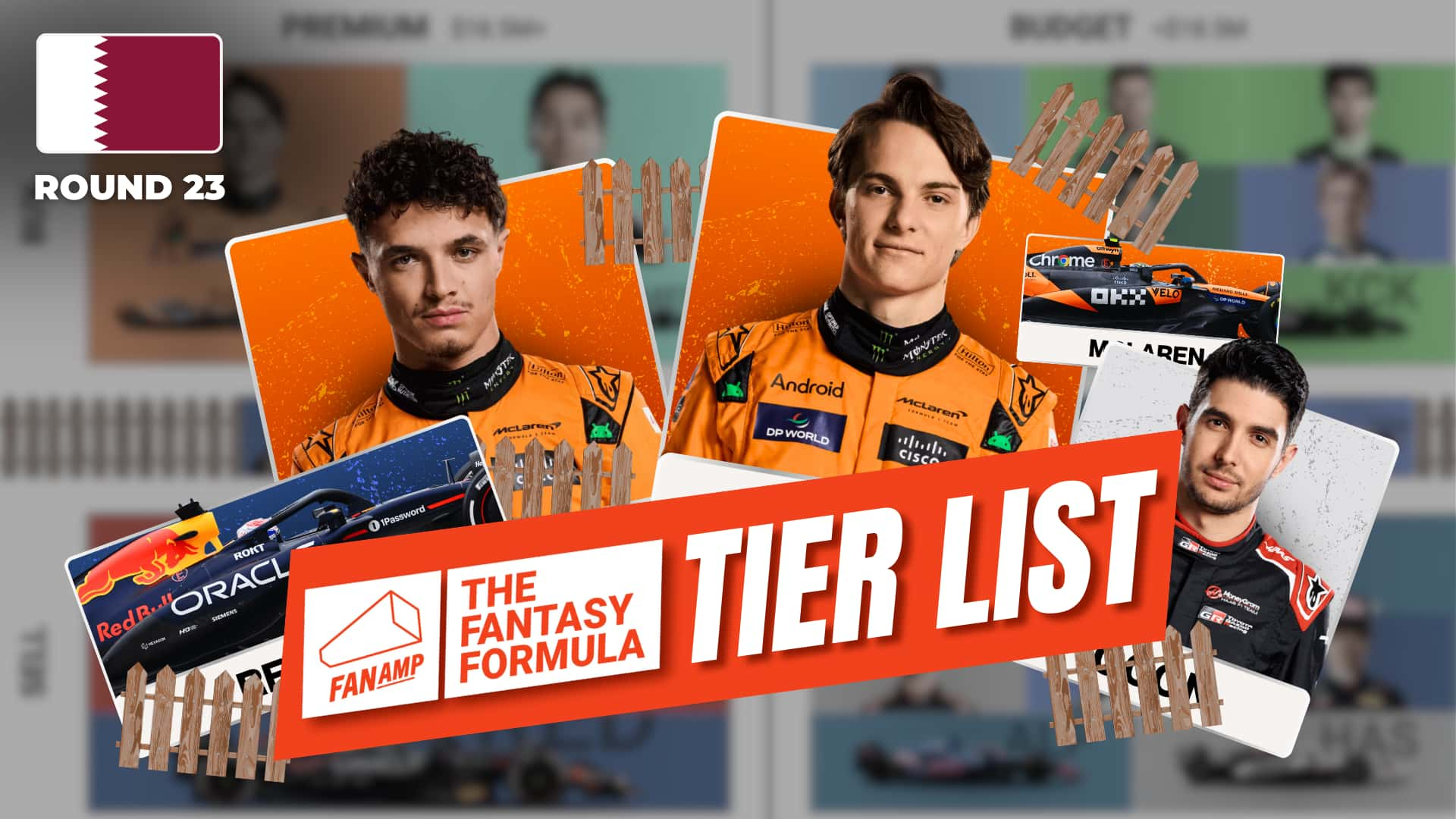
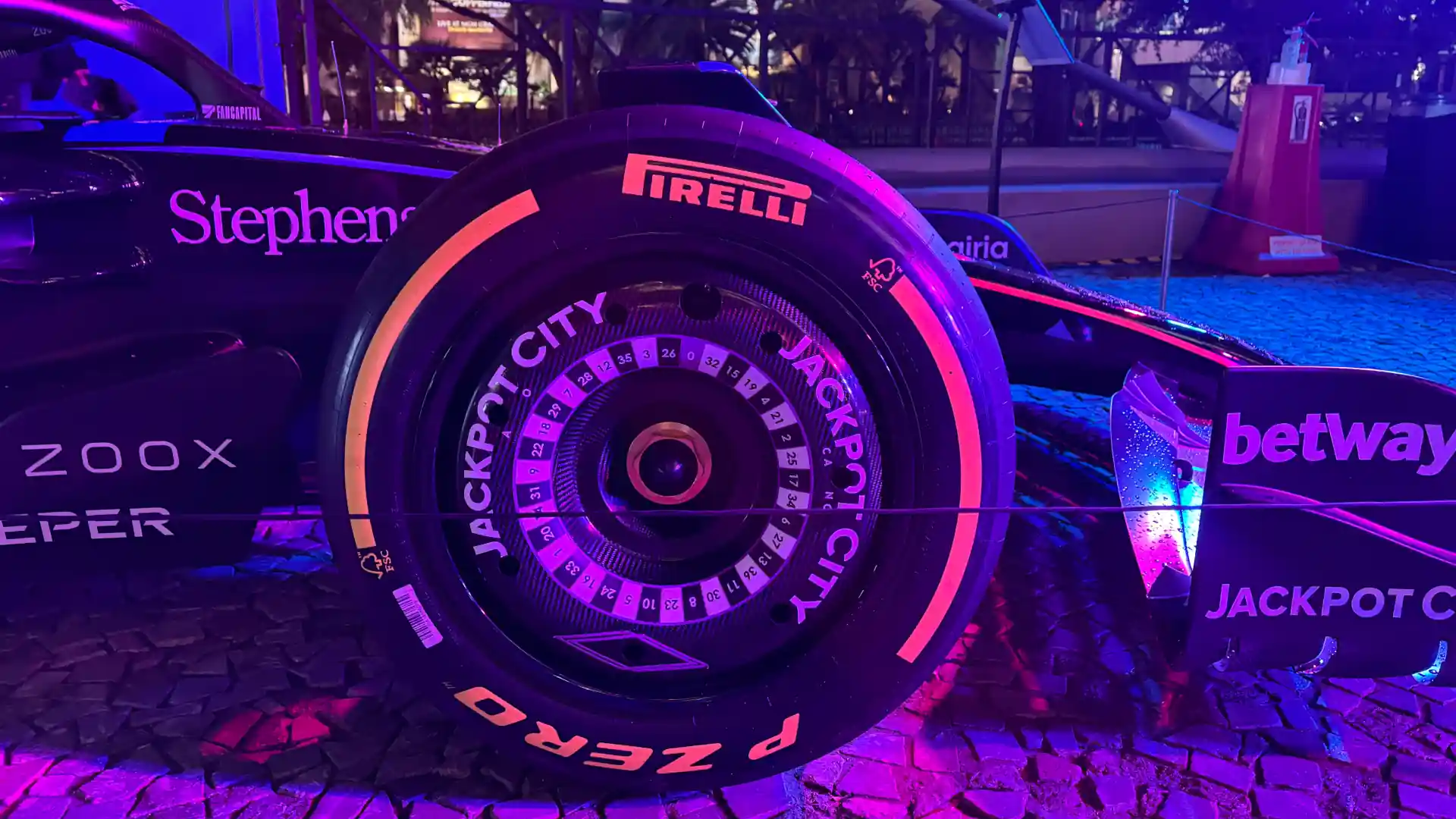


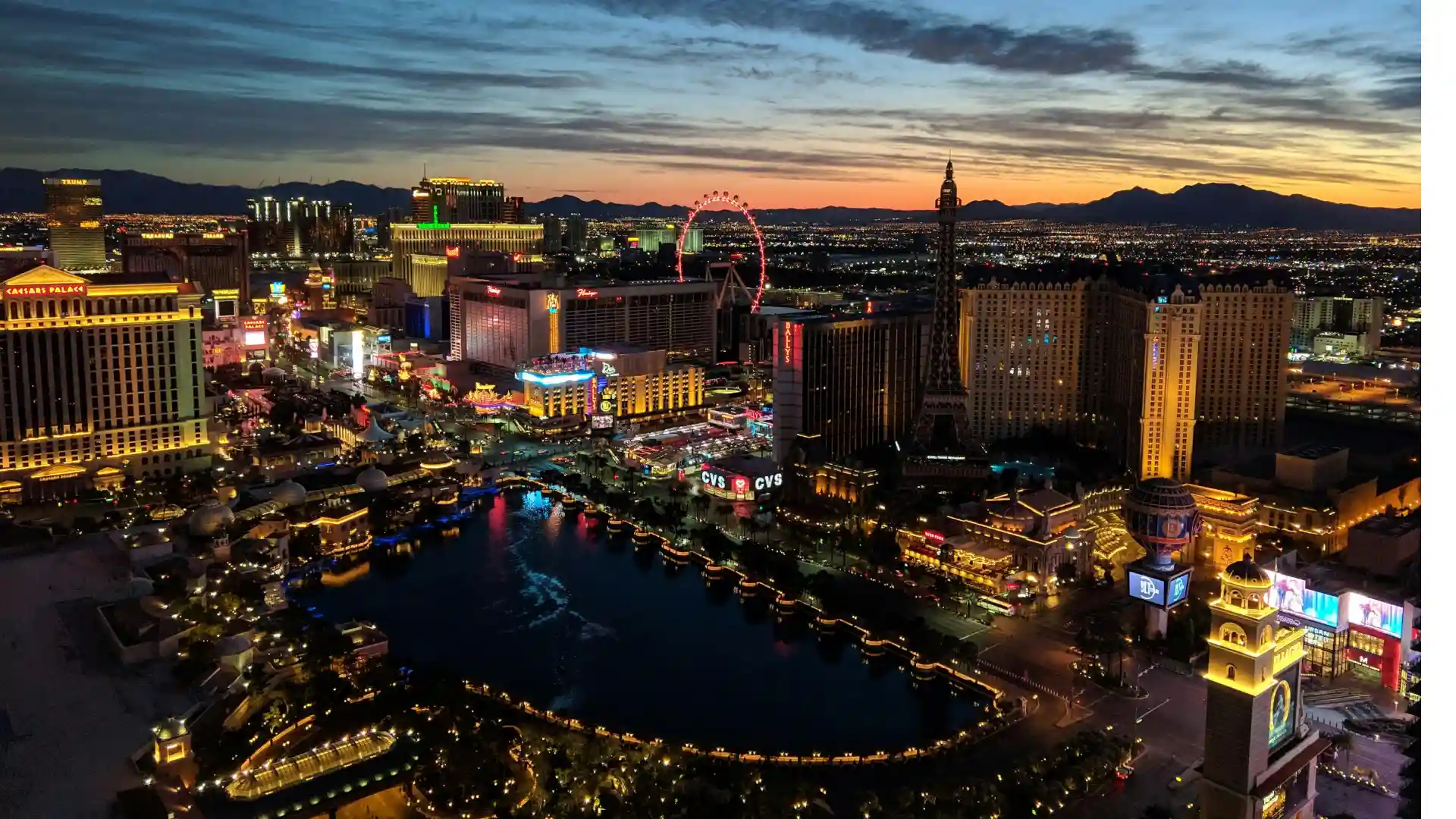
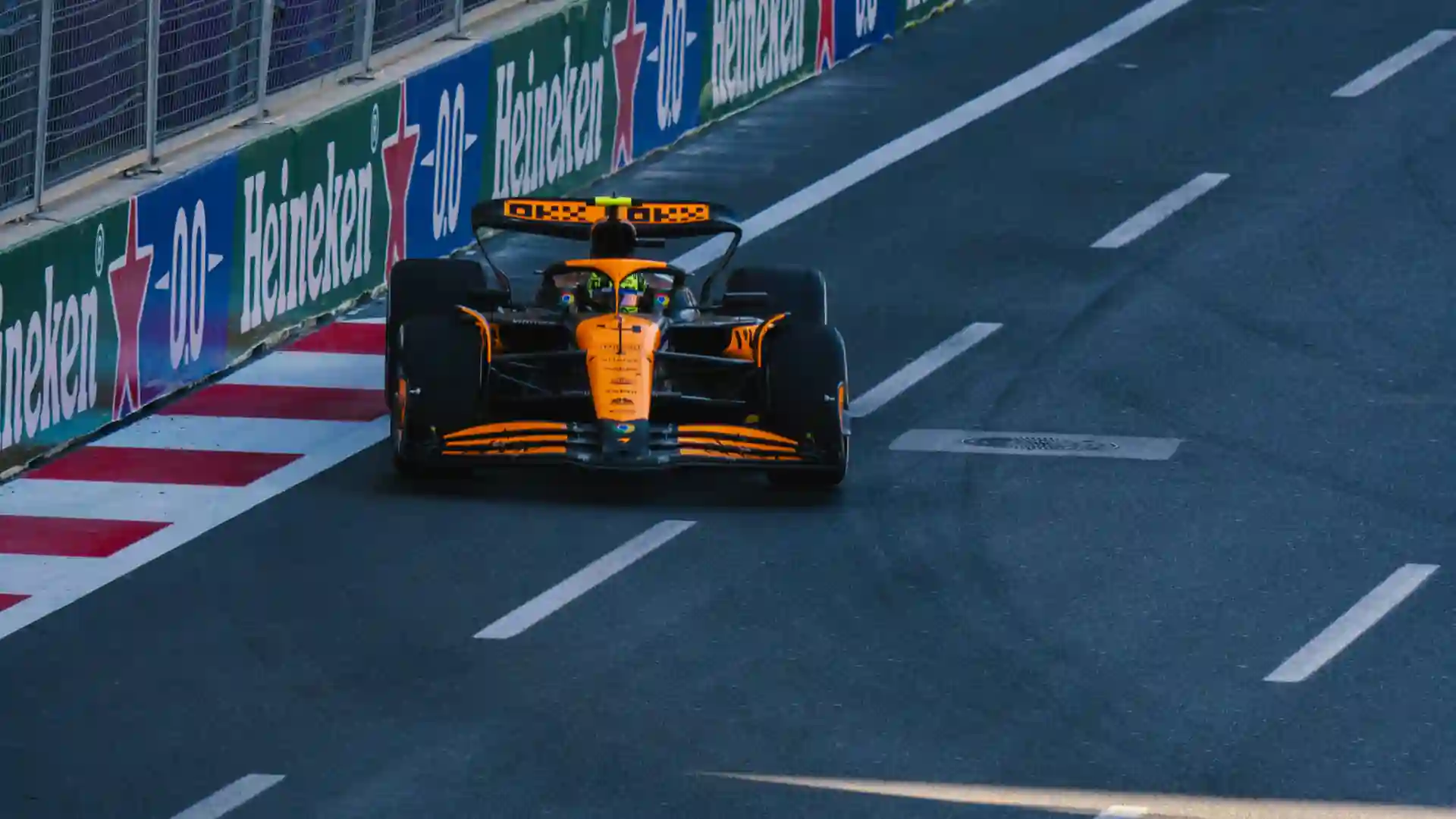
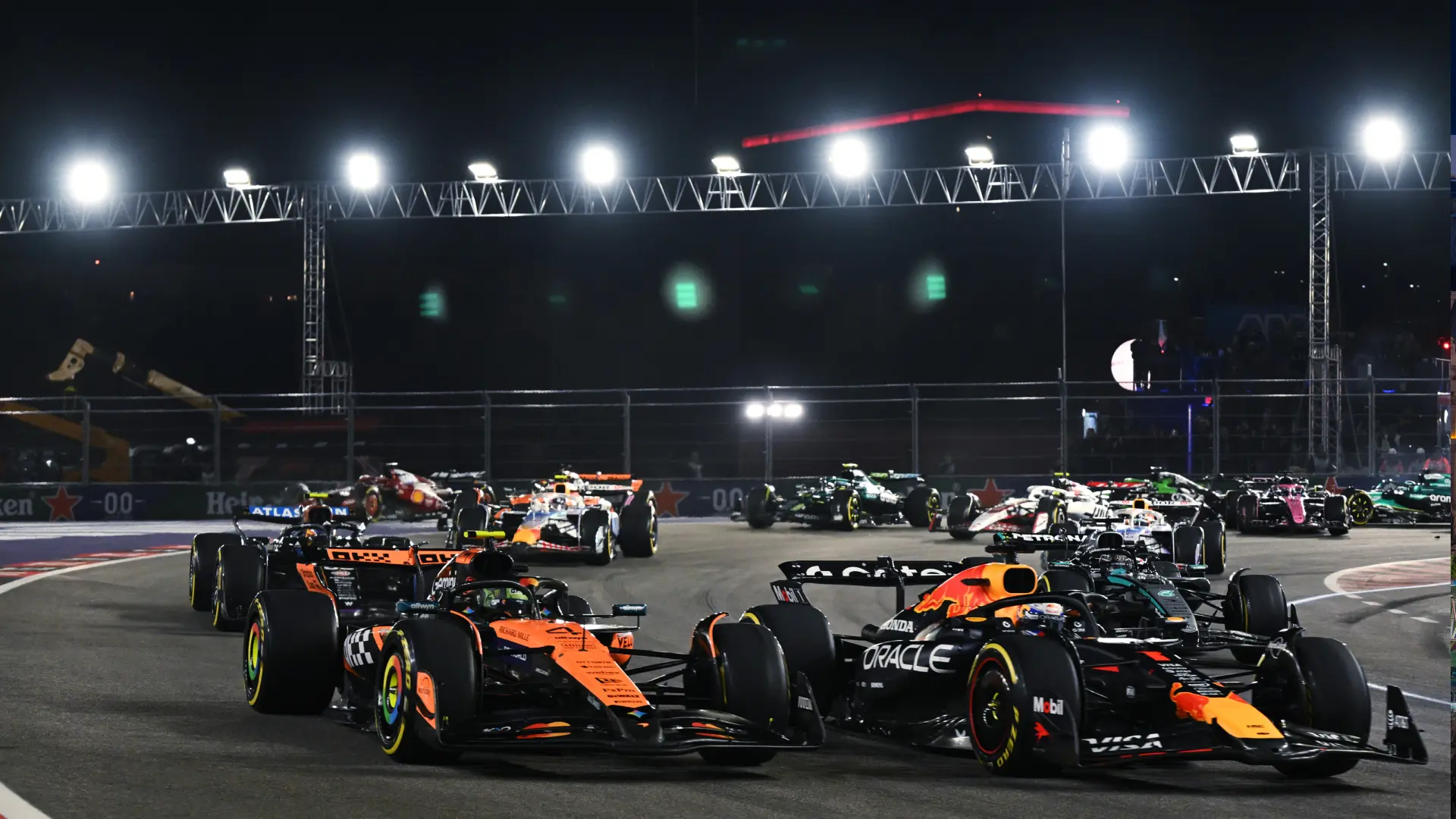
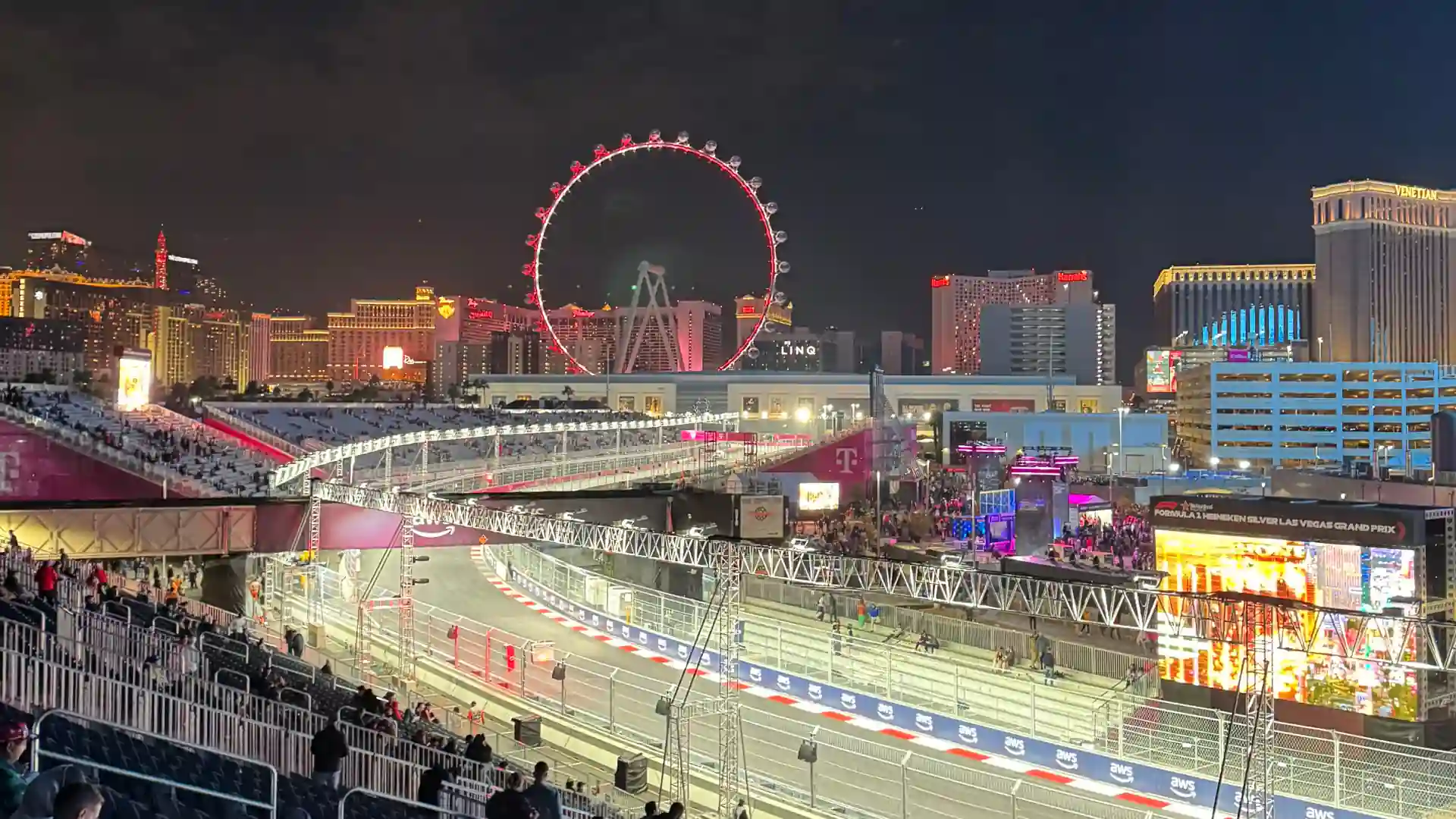

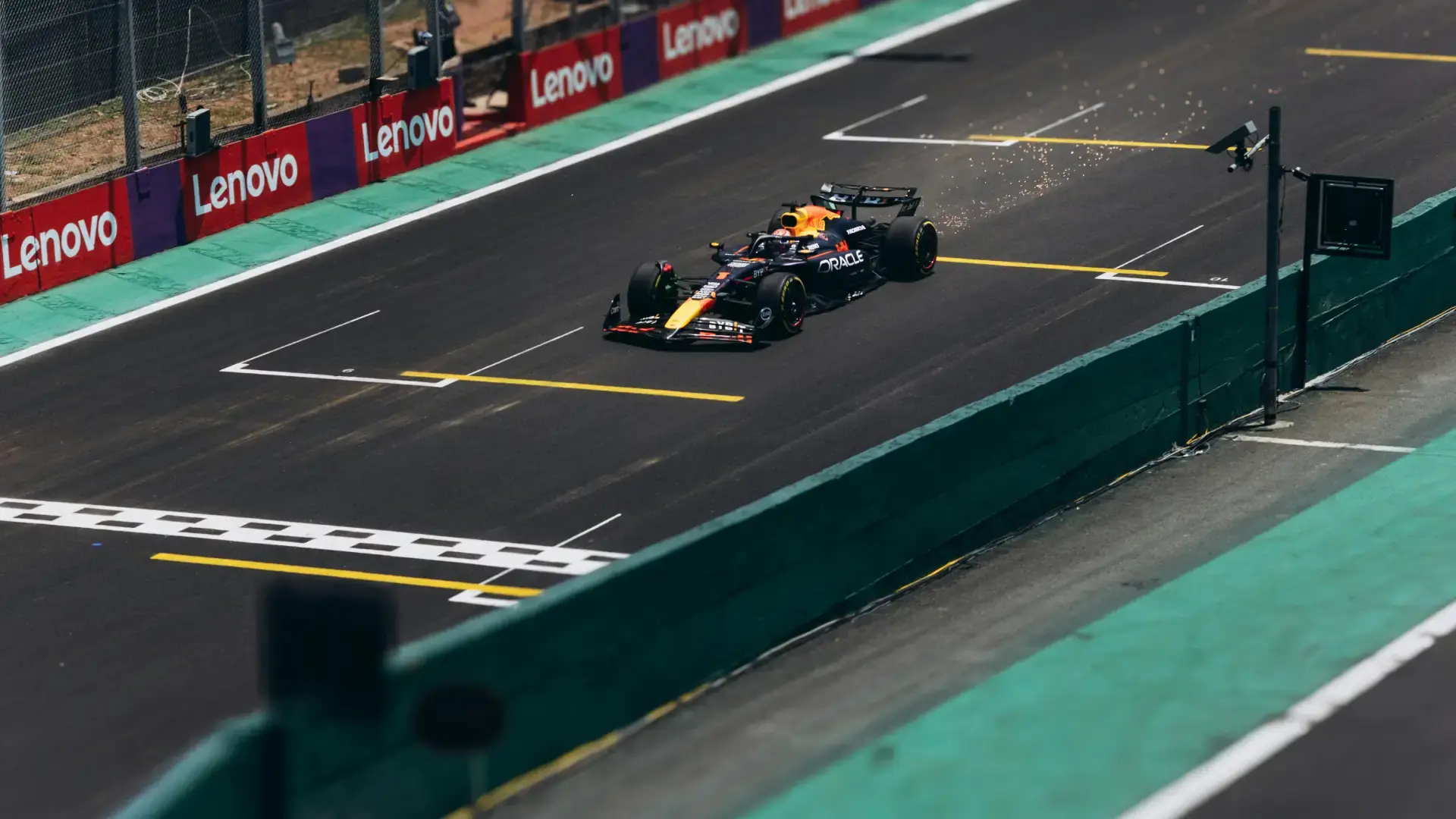

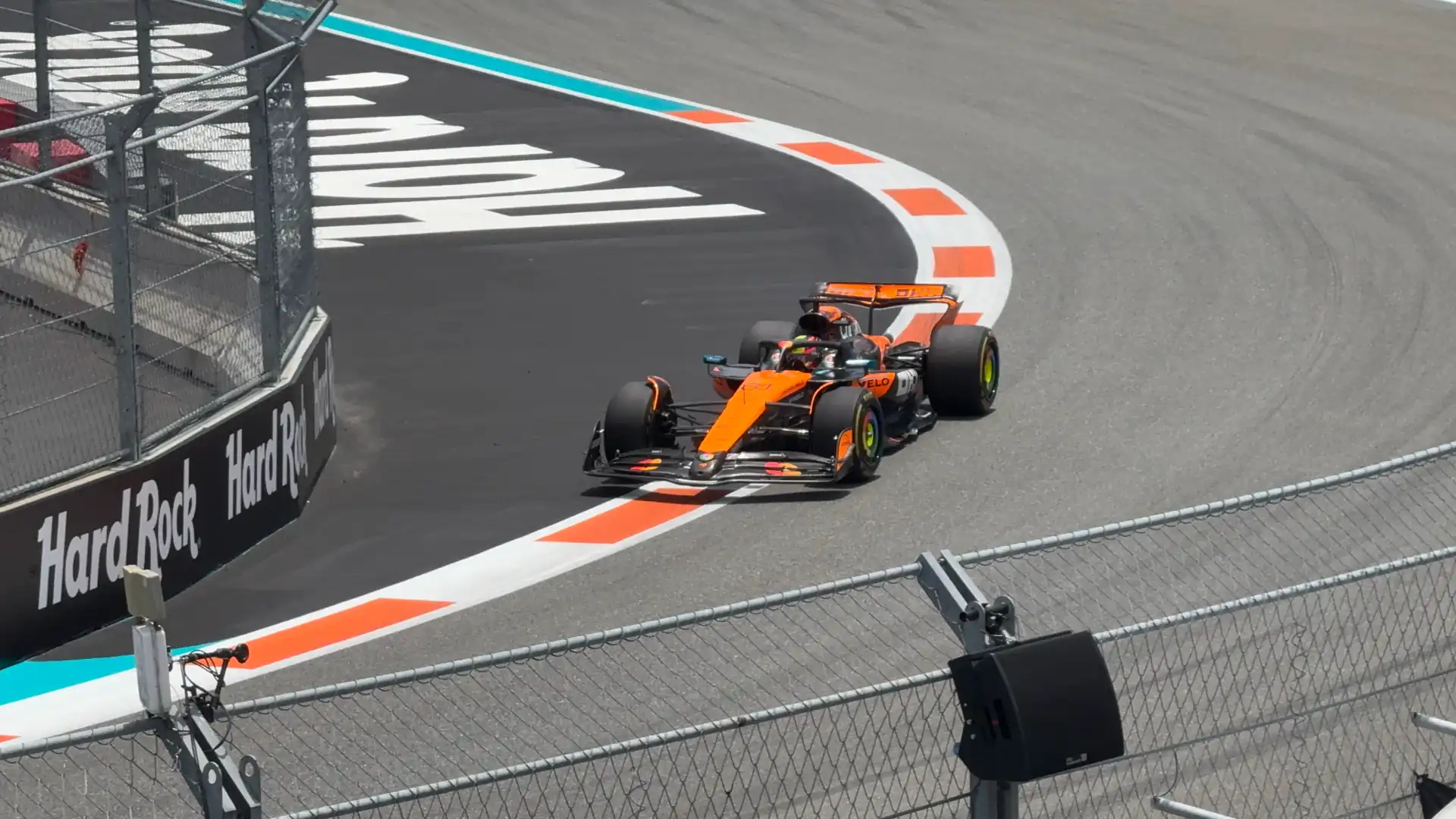

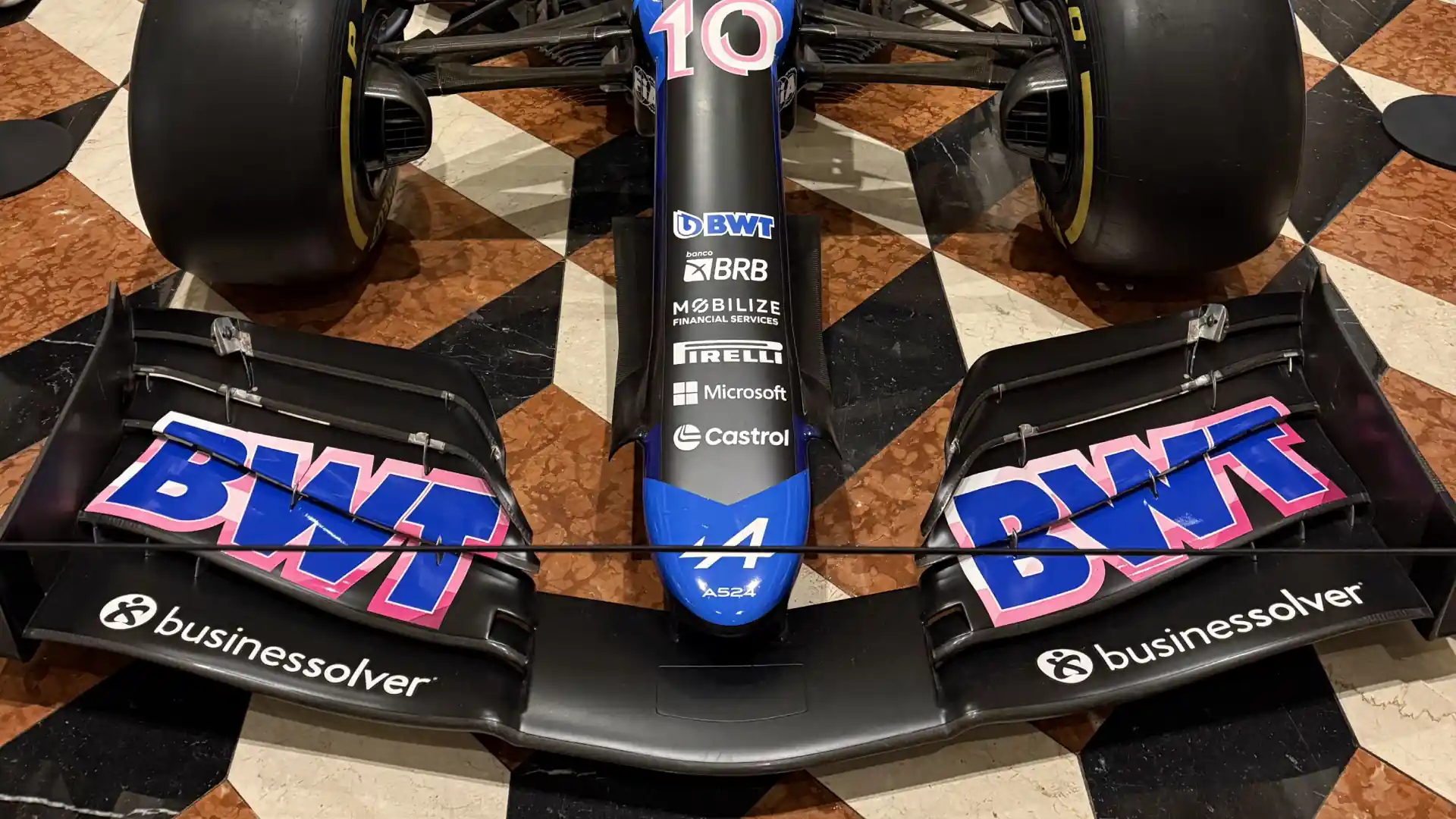

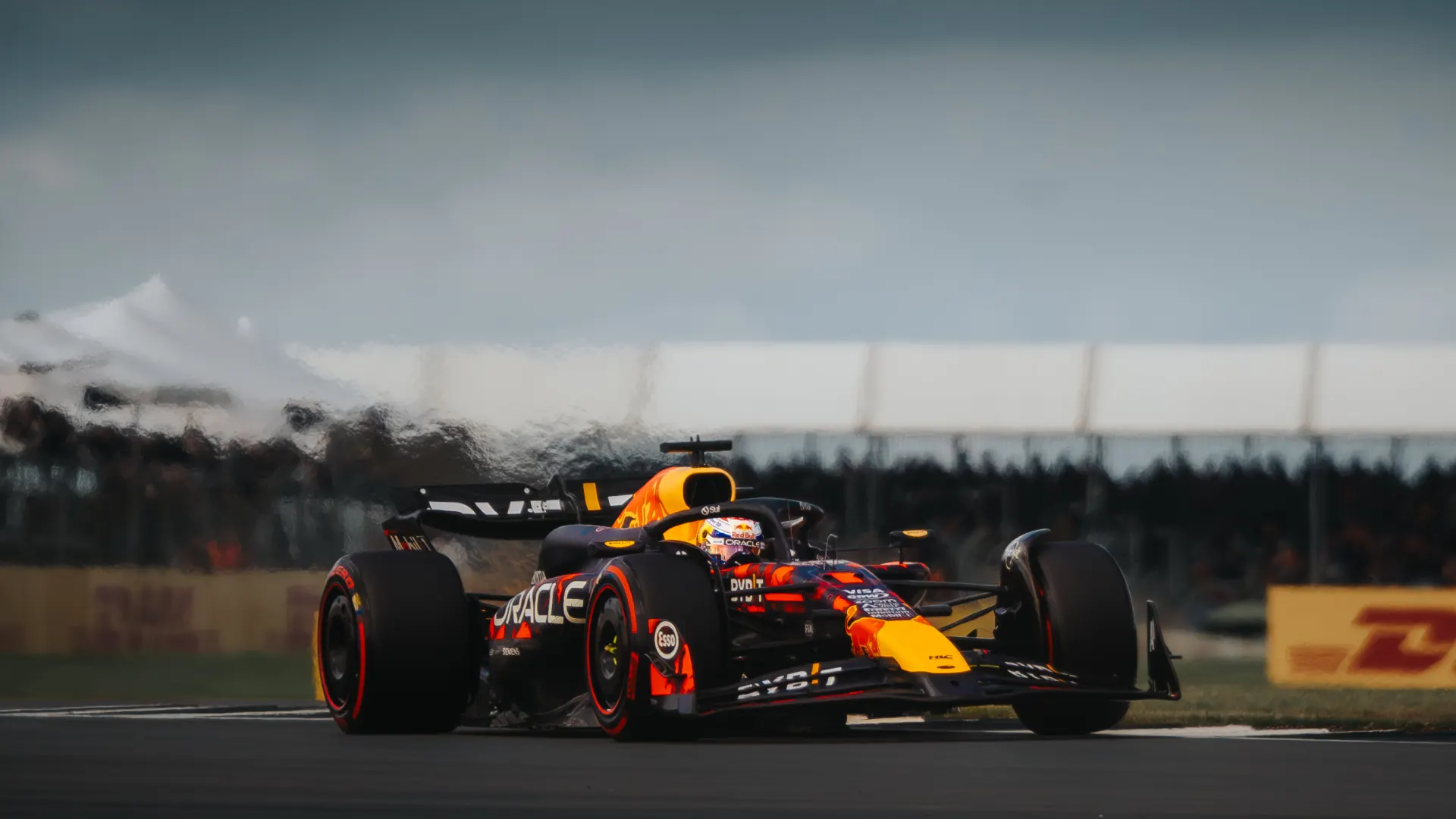
.webp)

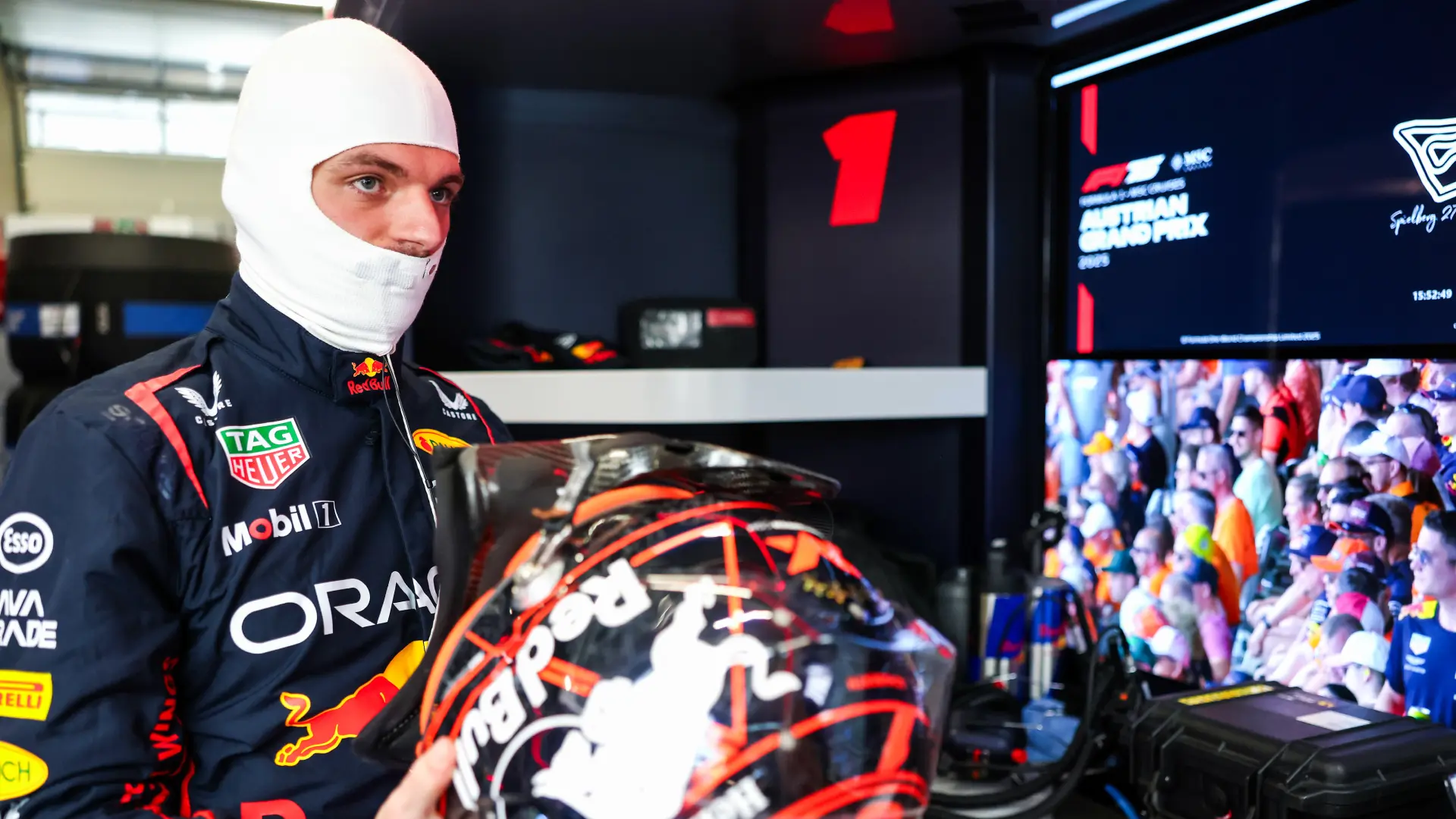
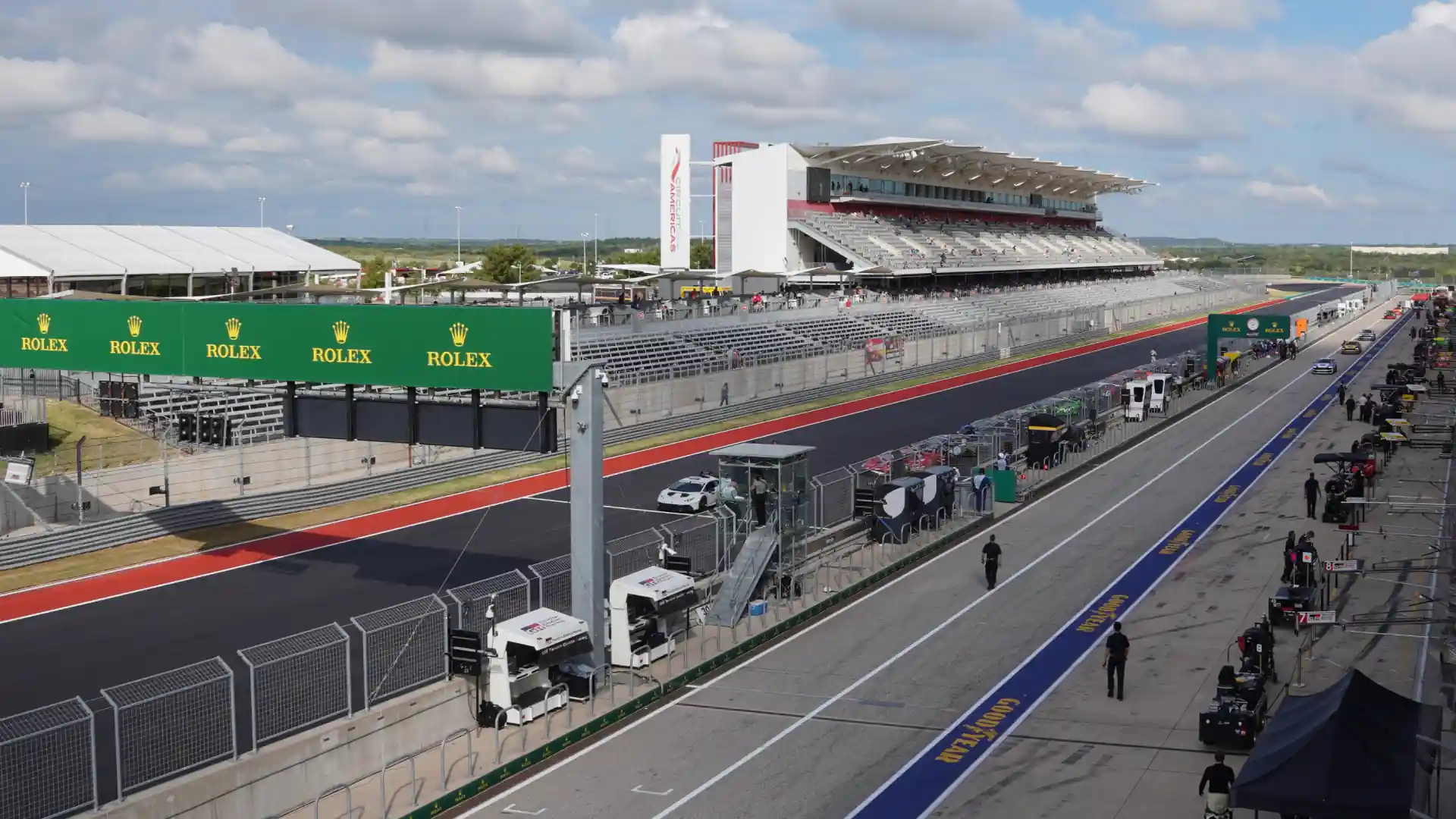
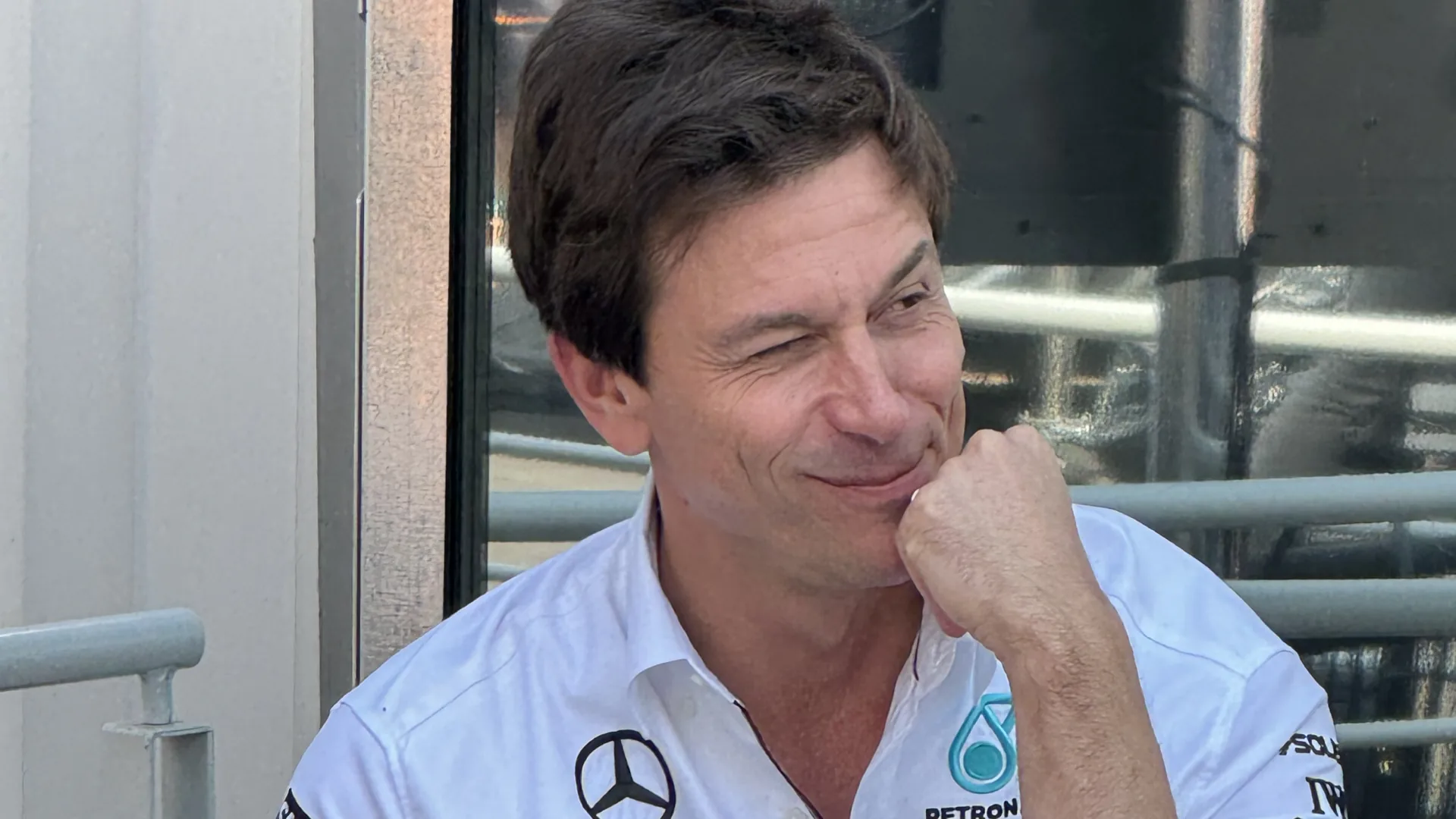


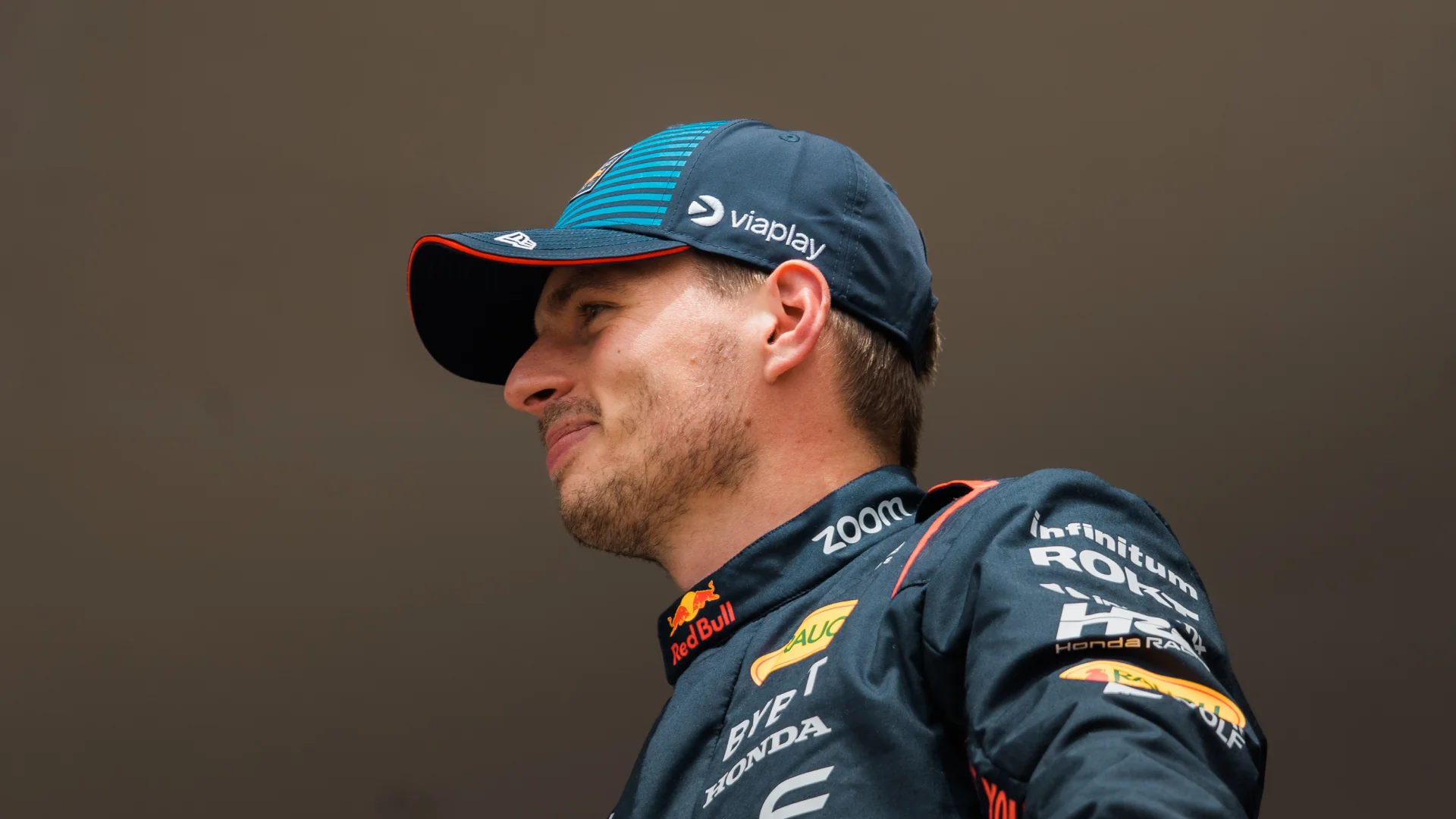
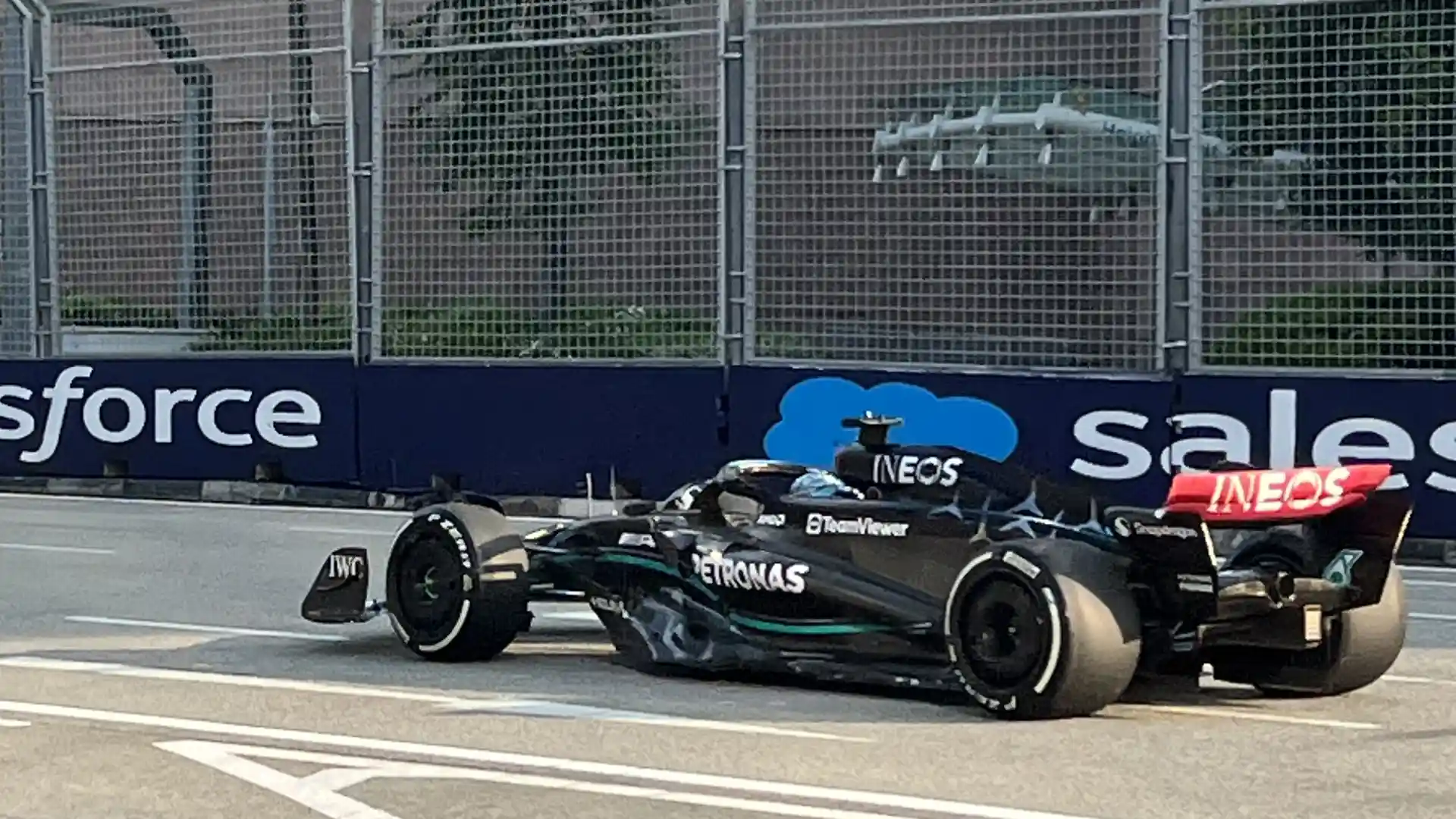
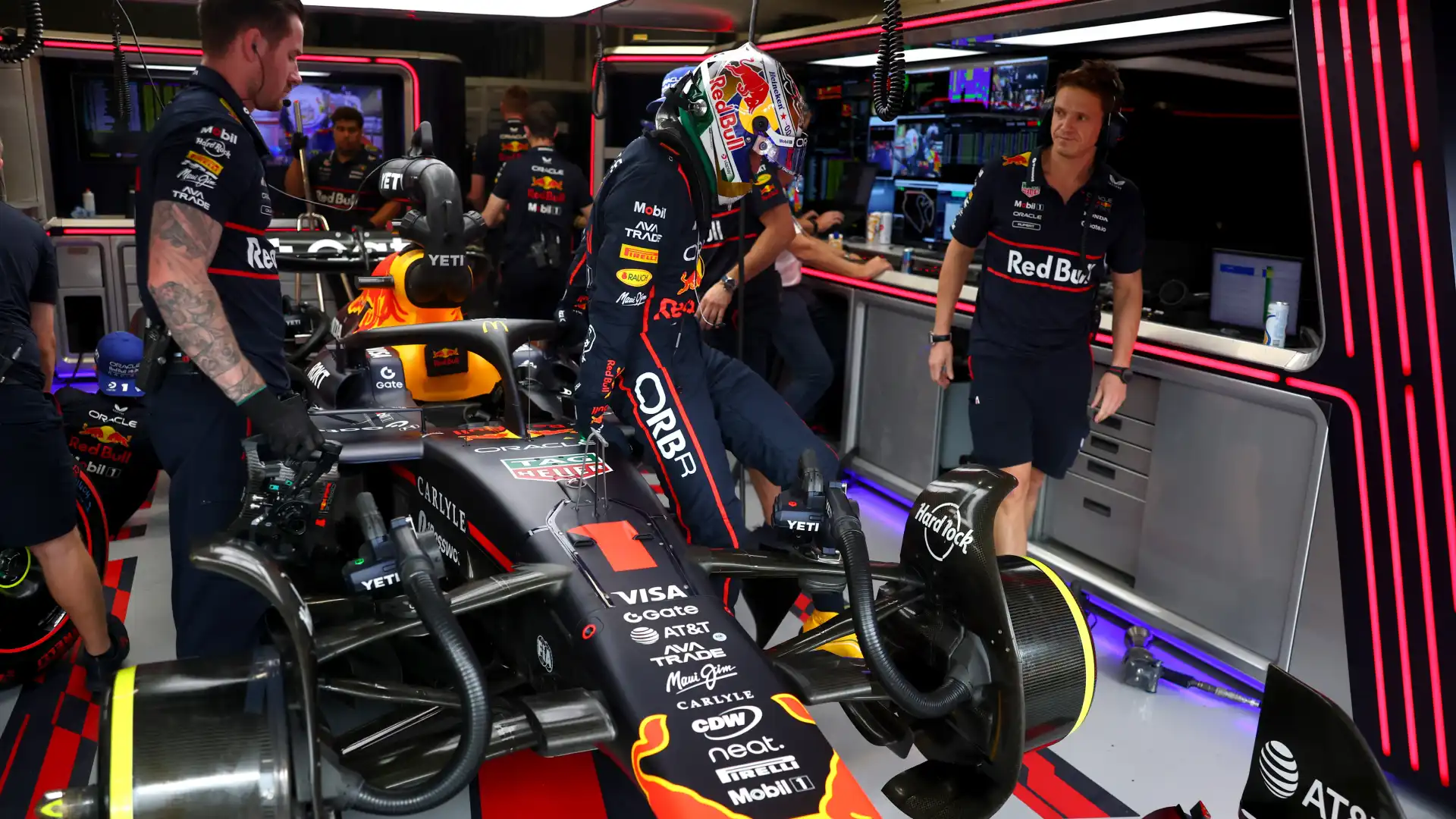
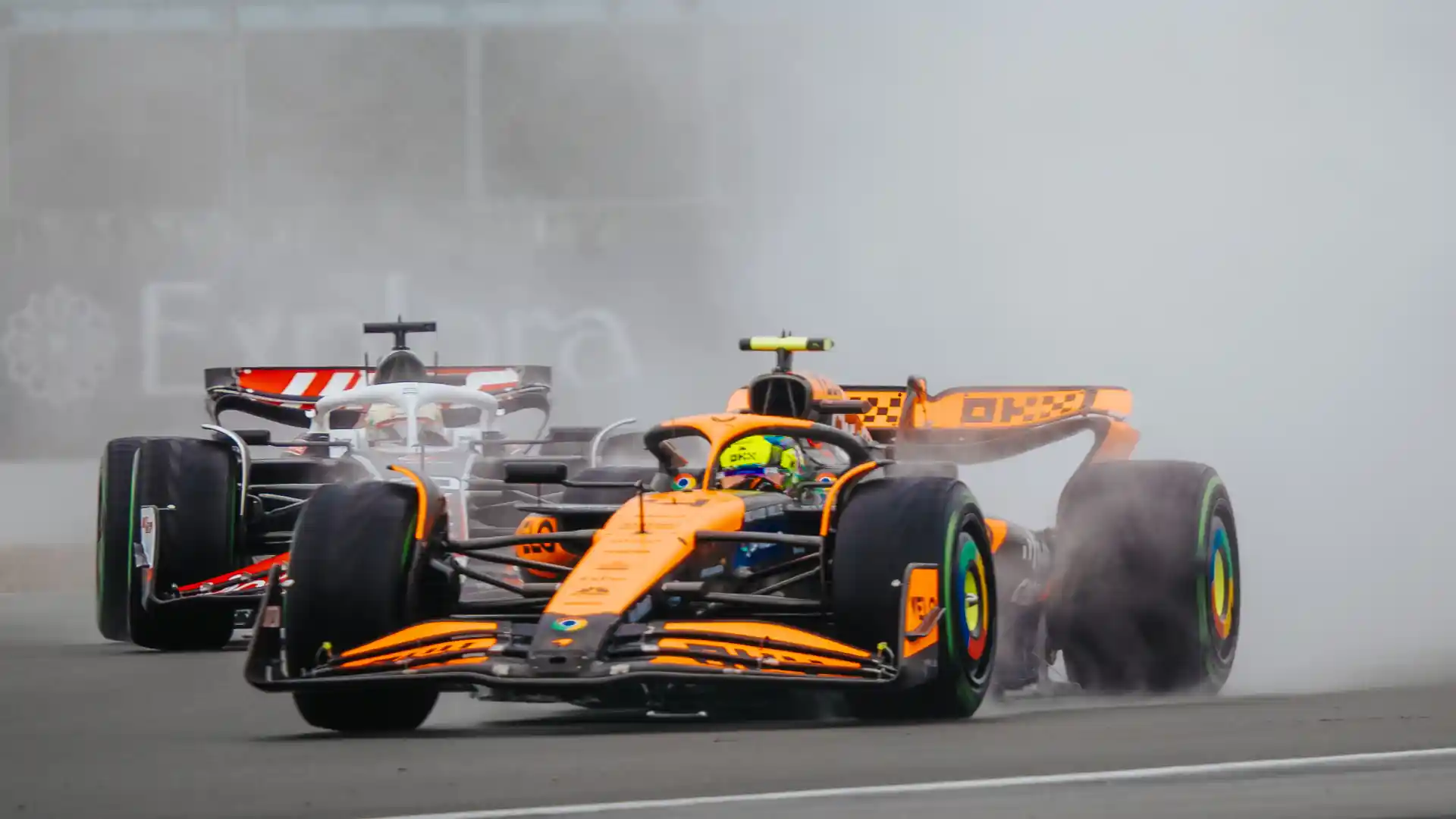
.webp)

